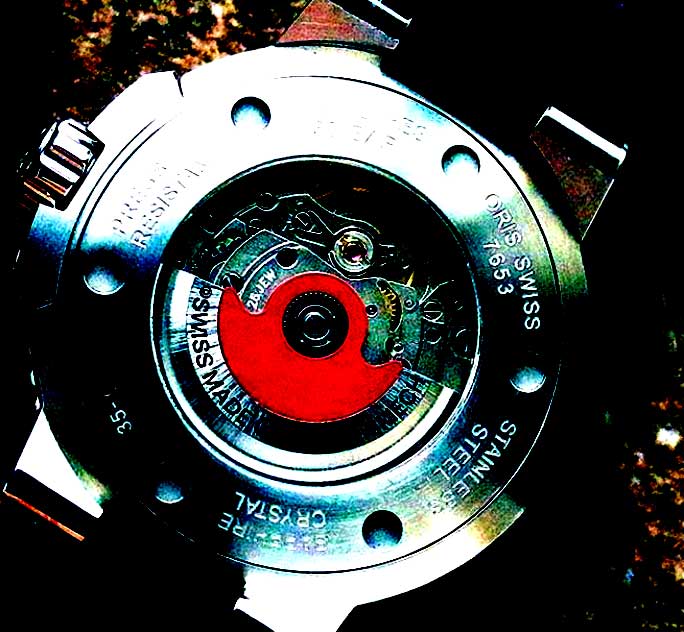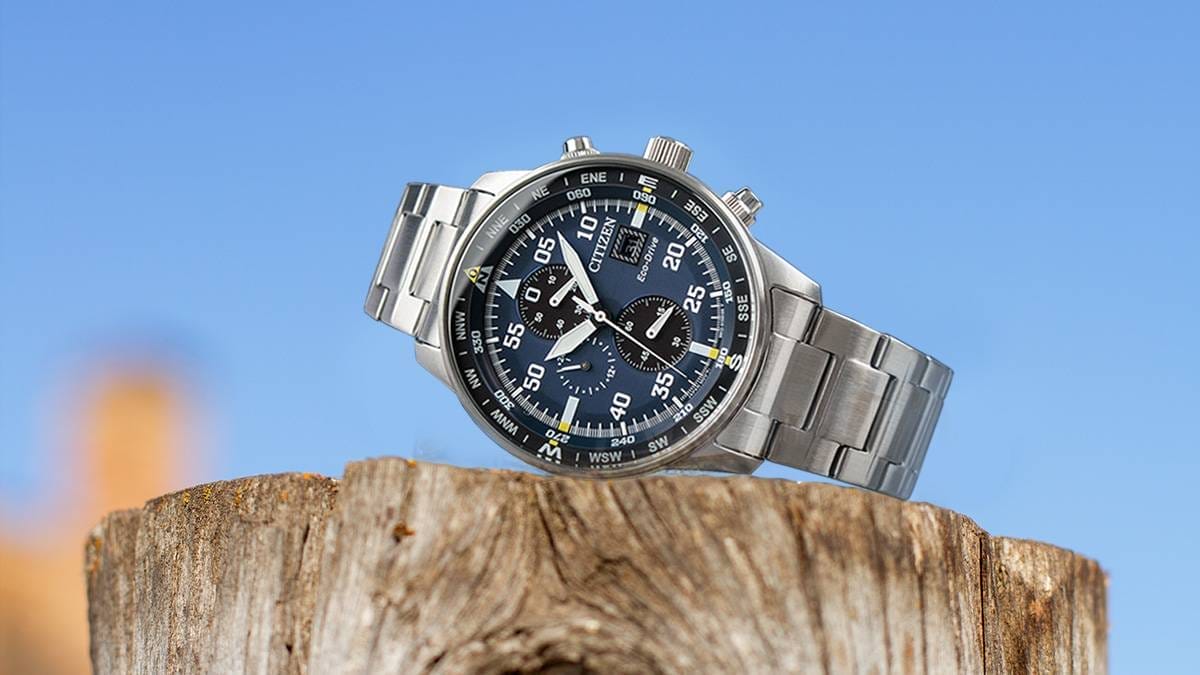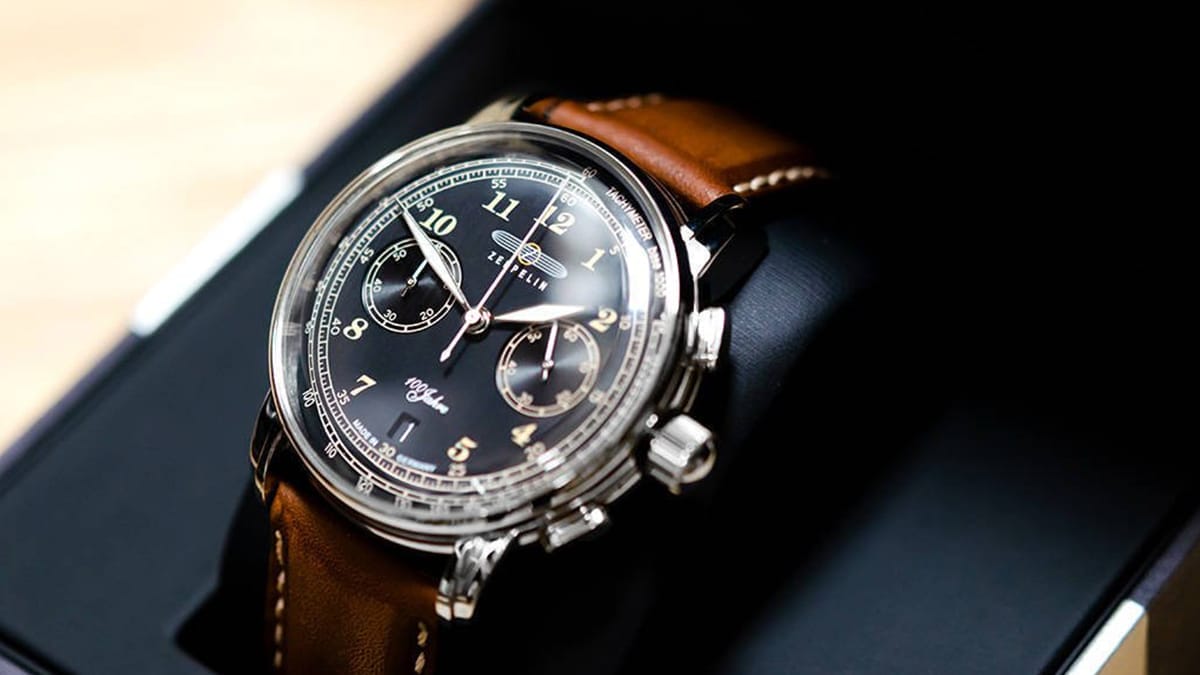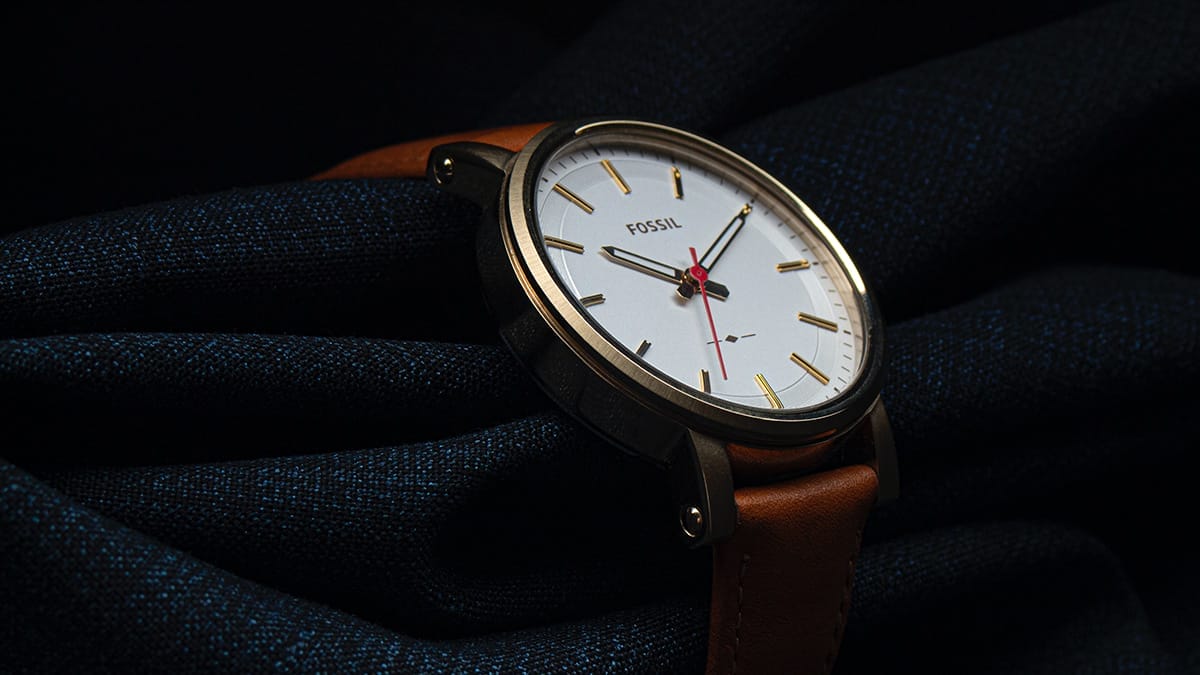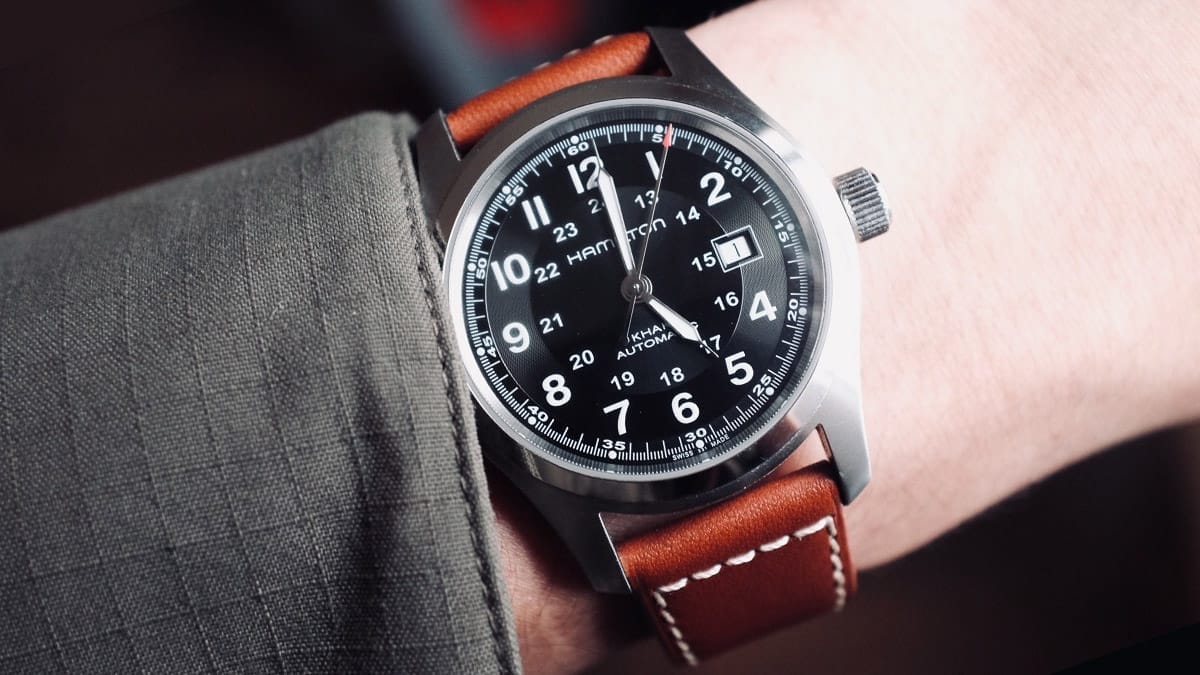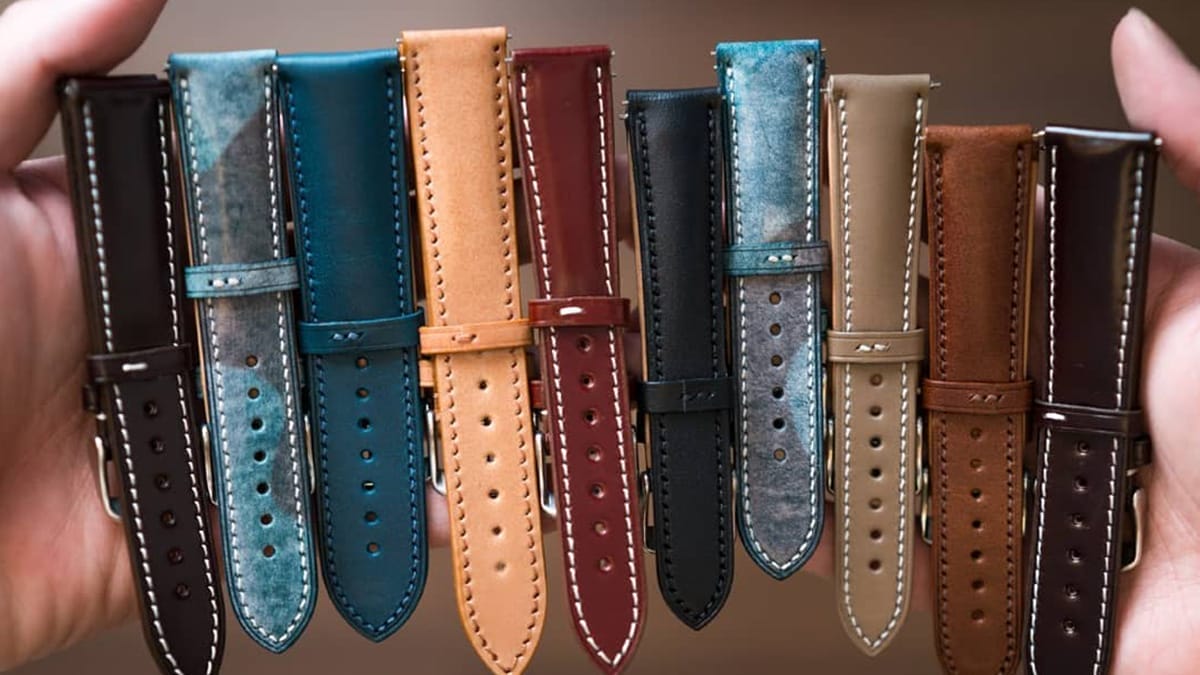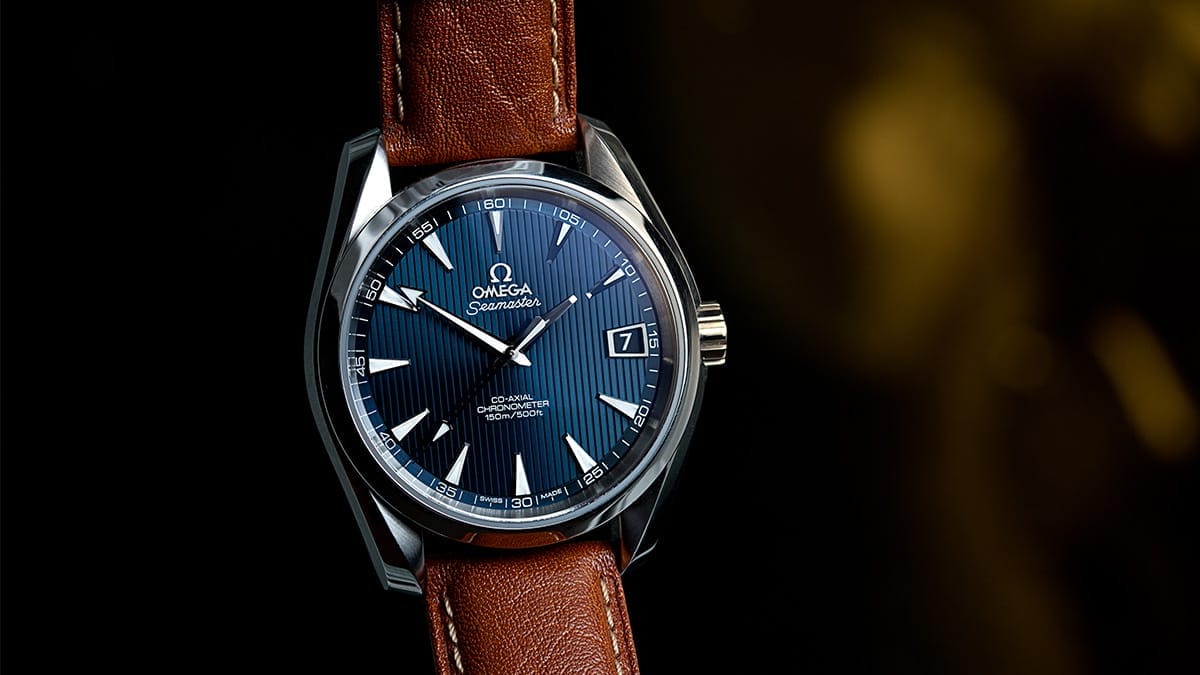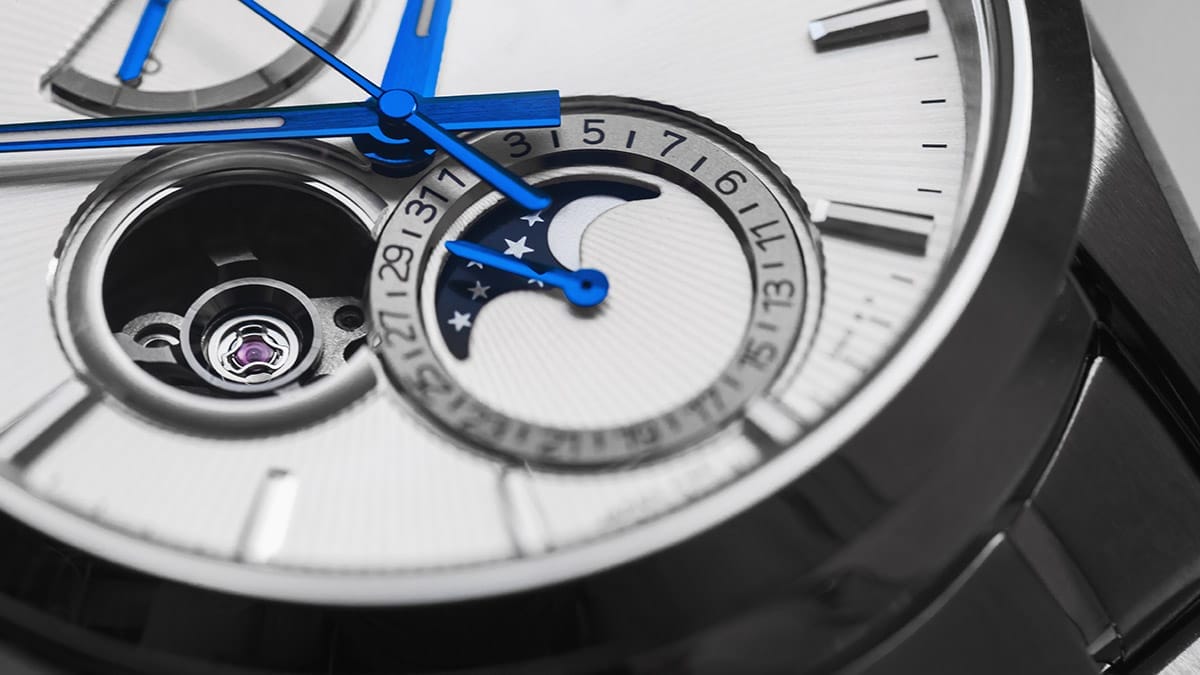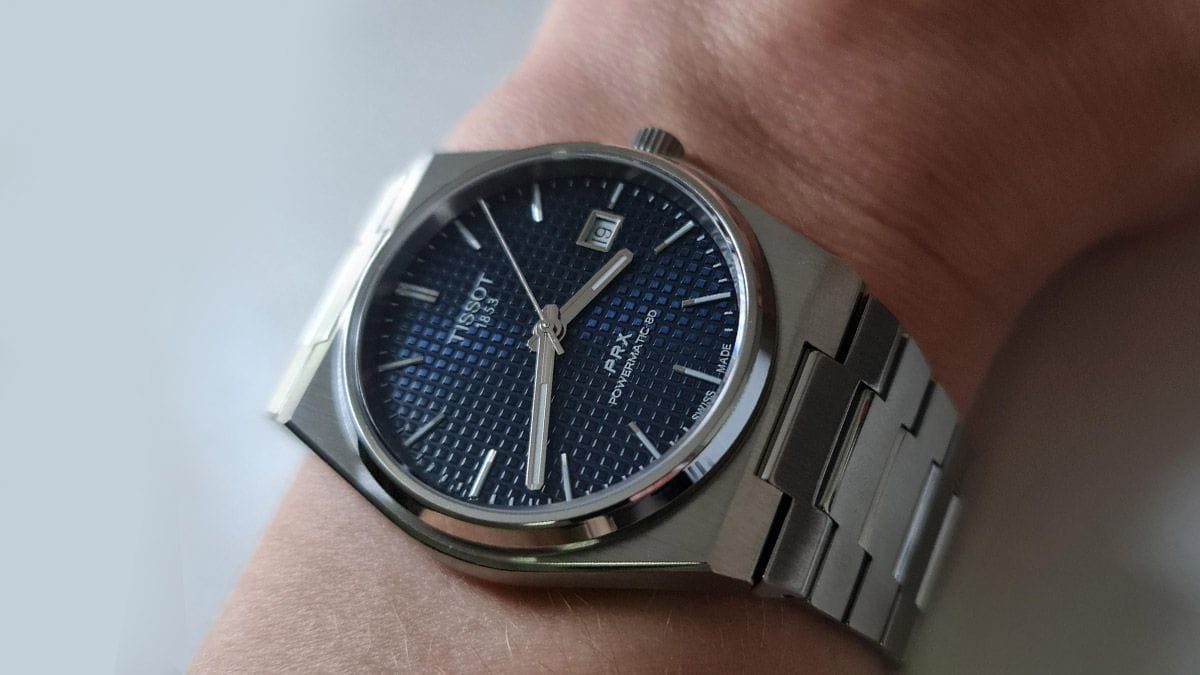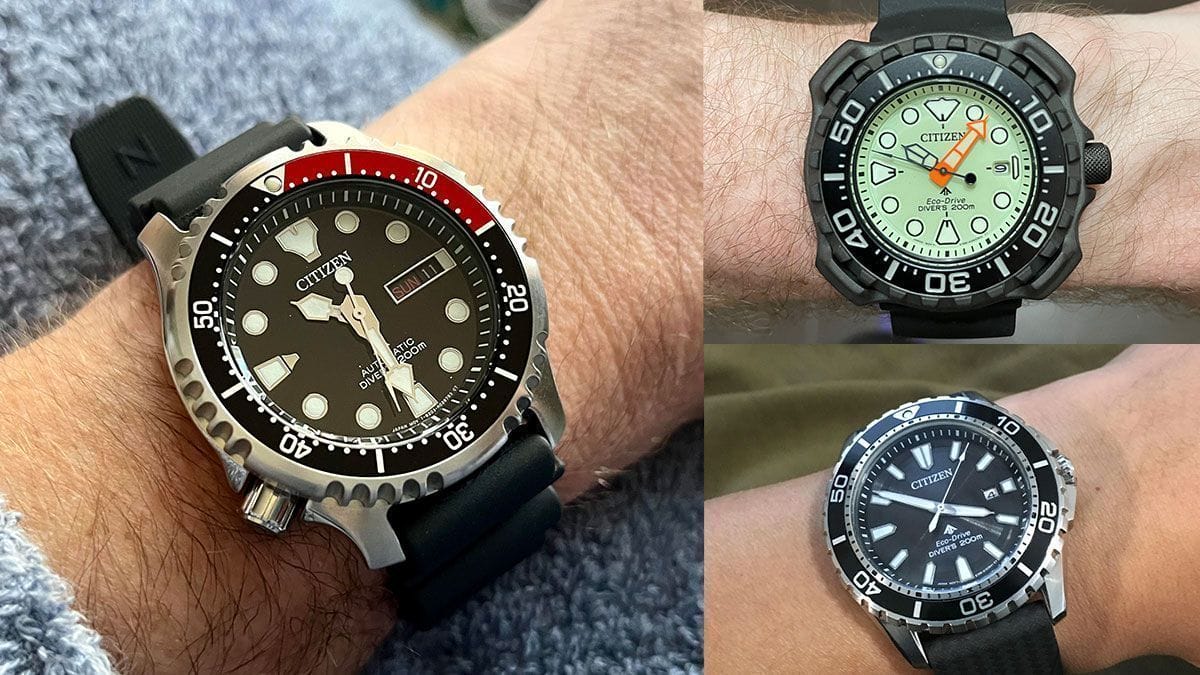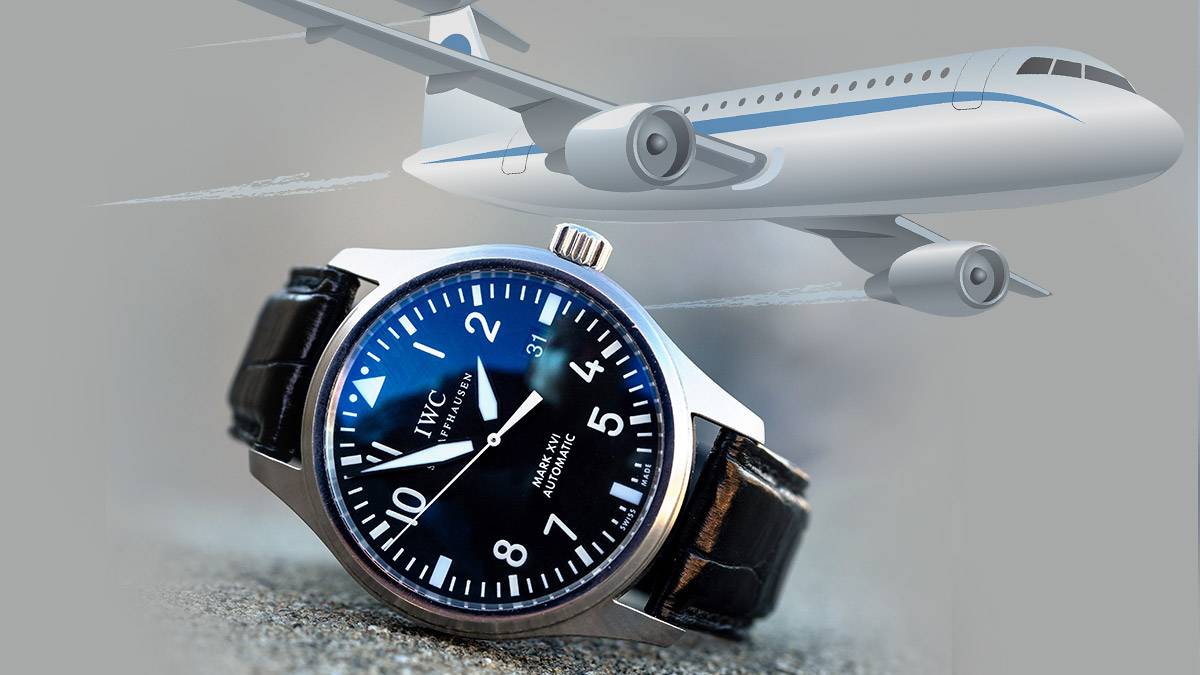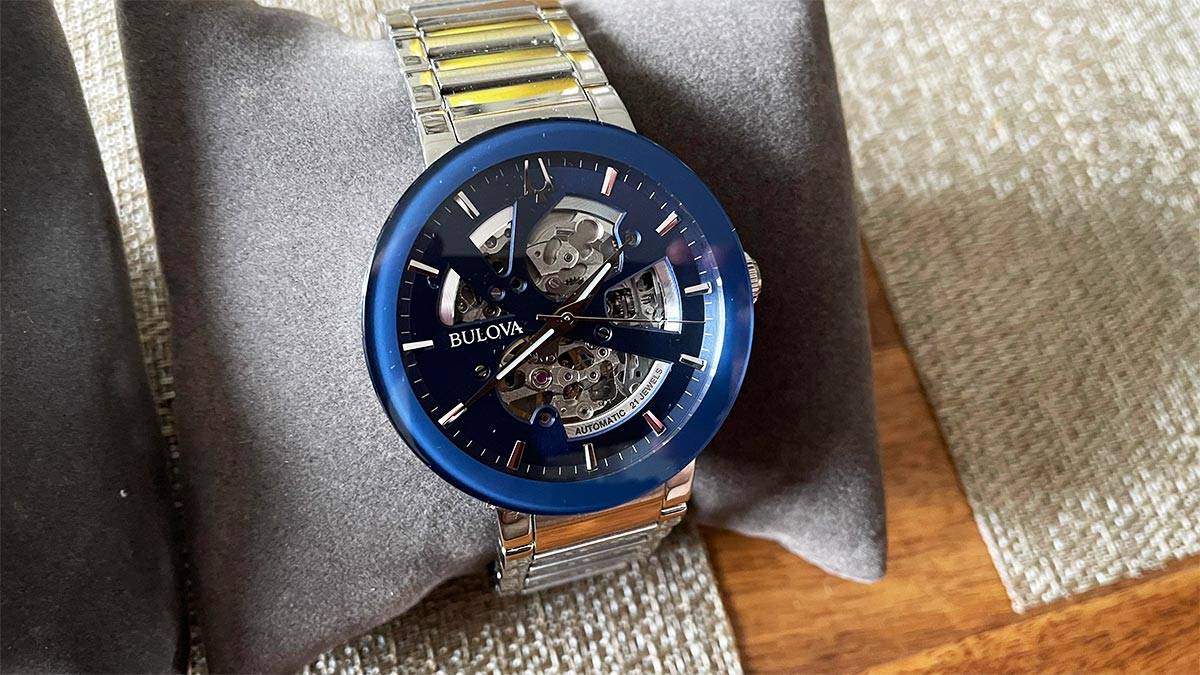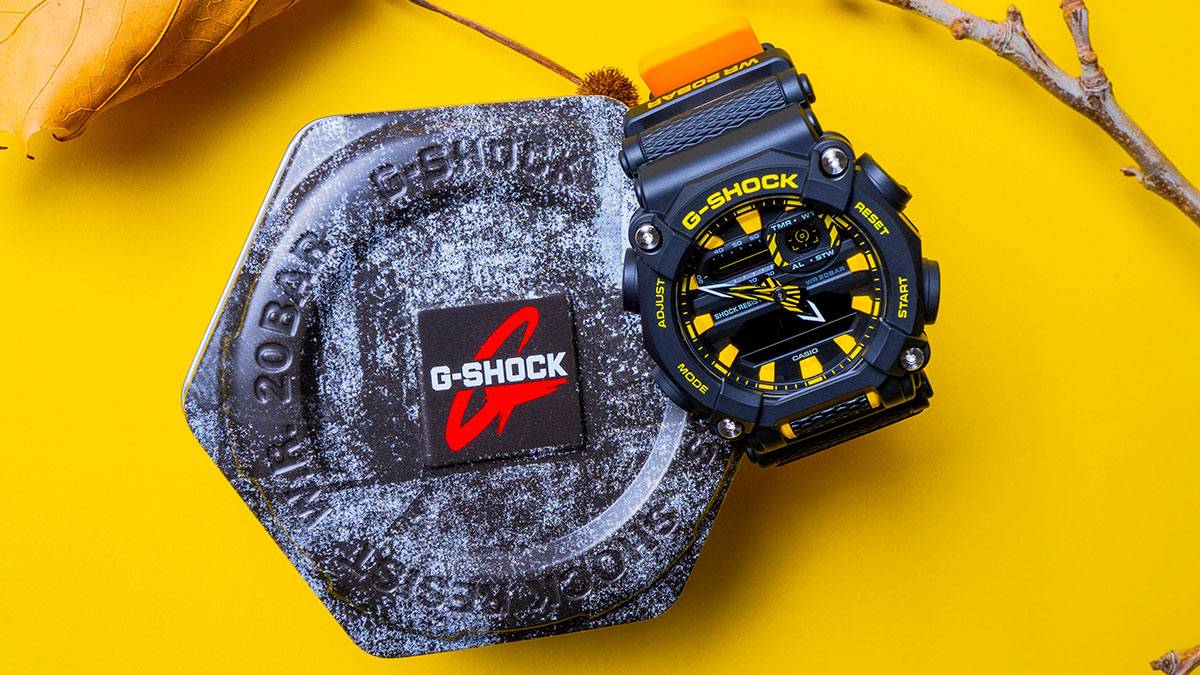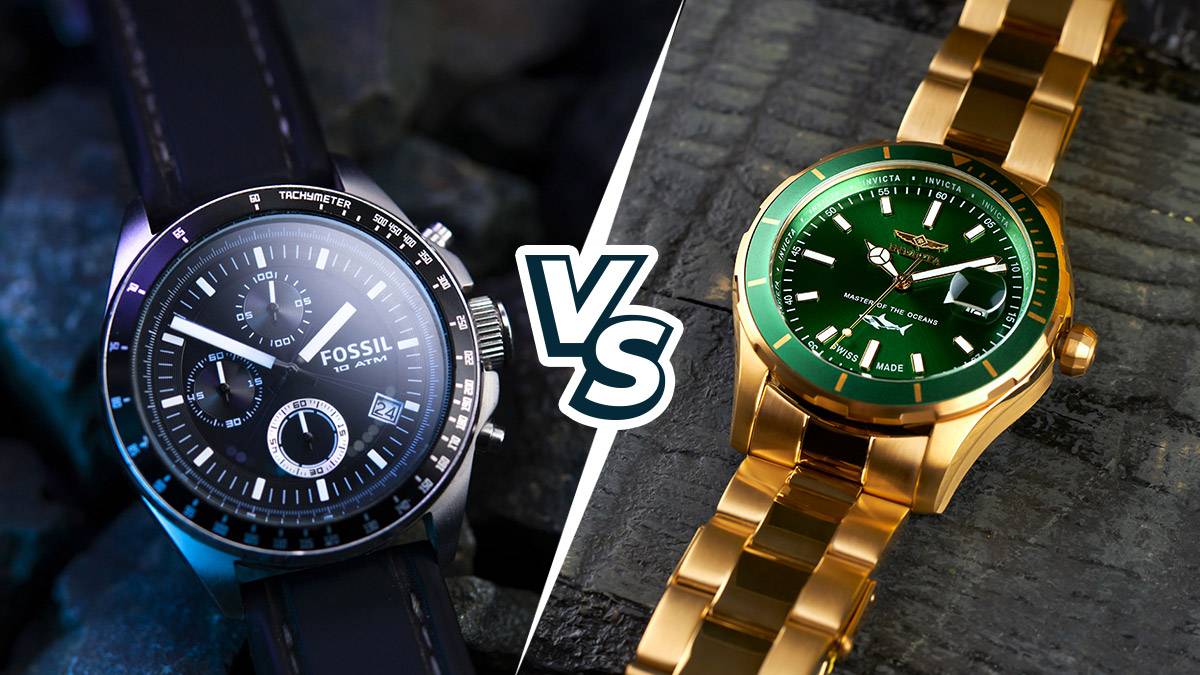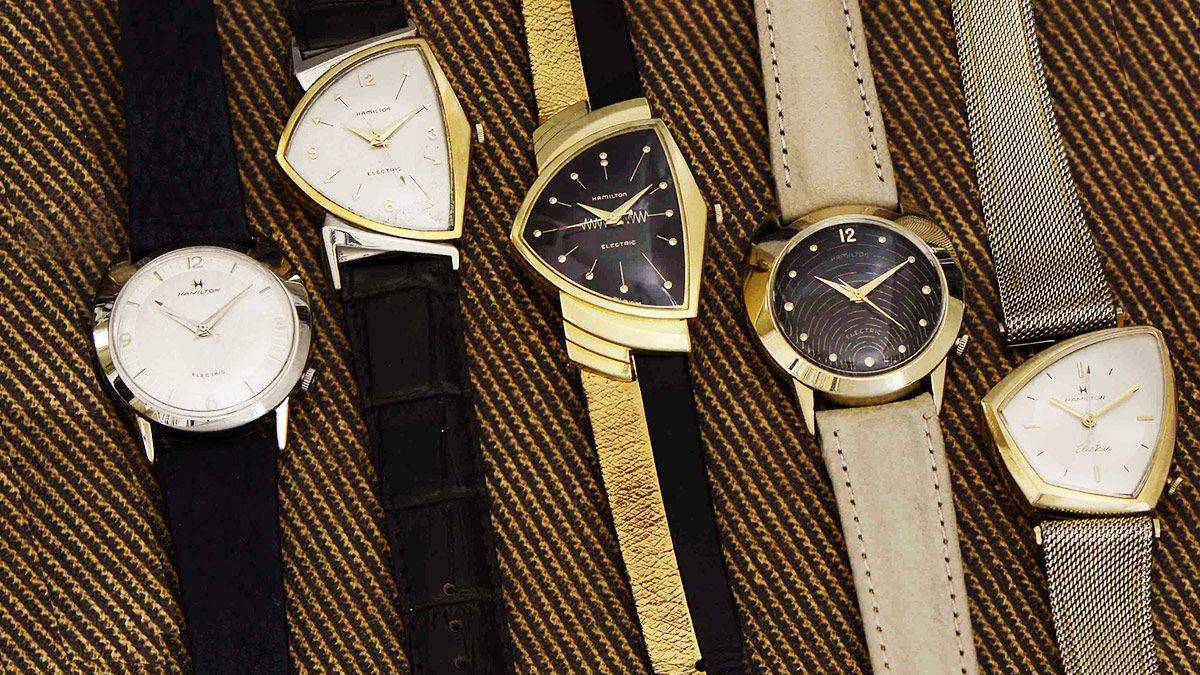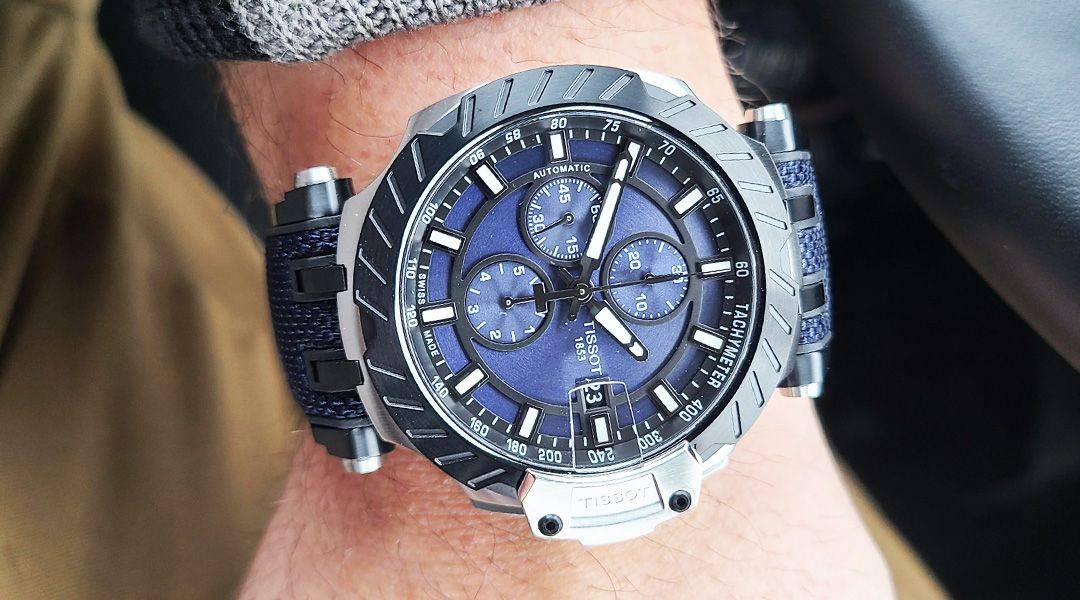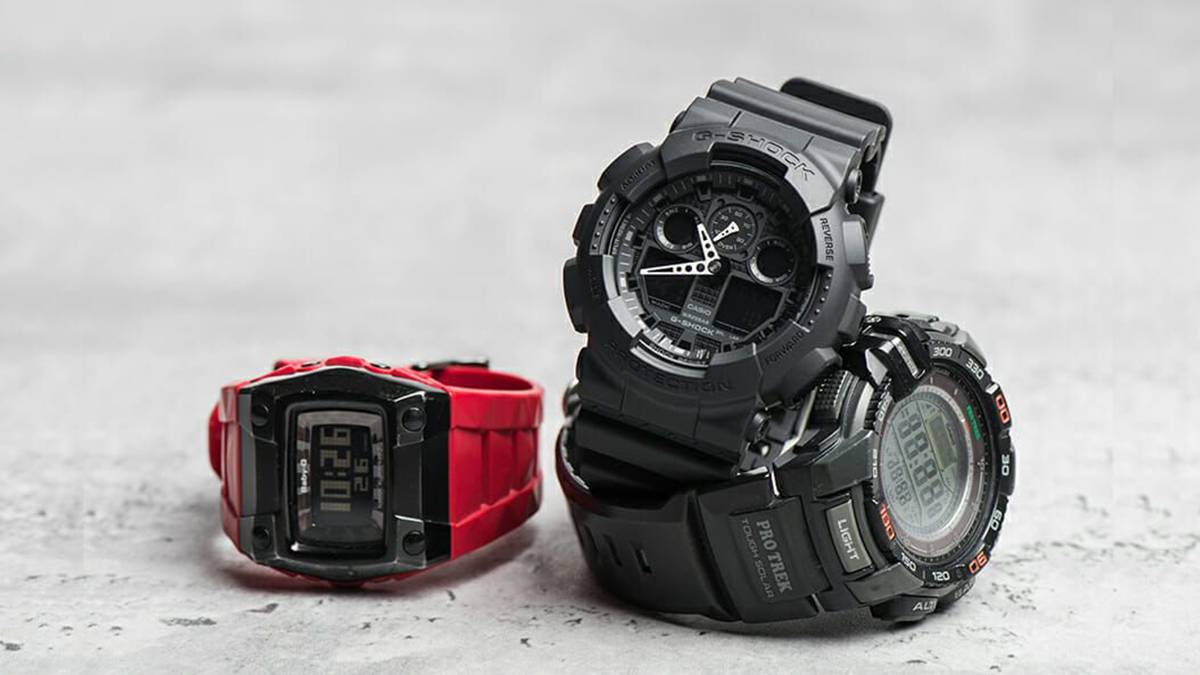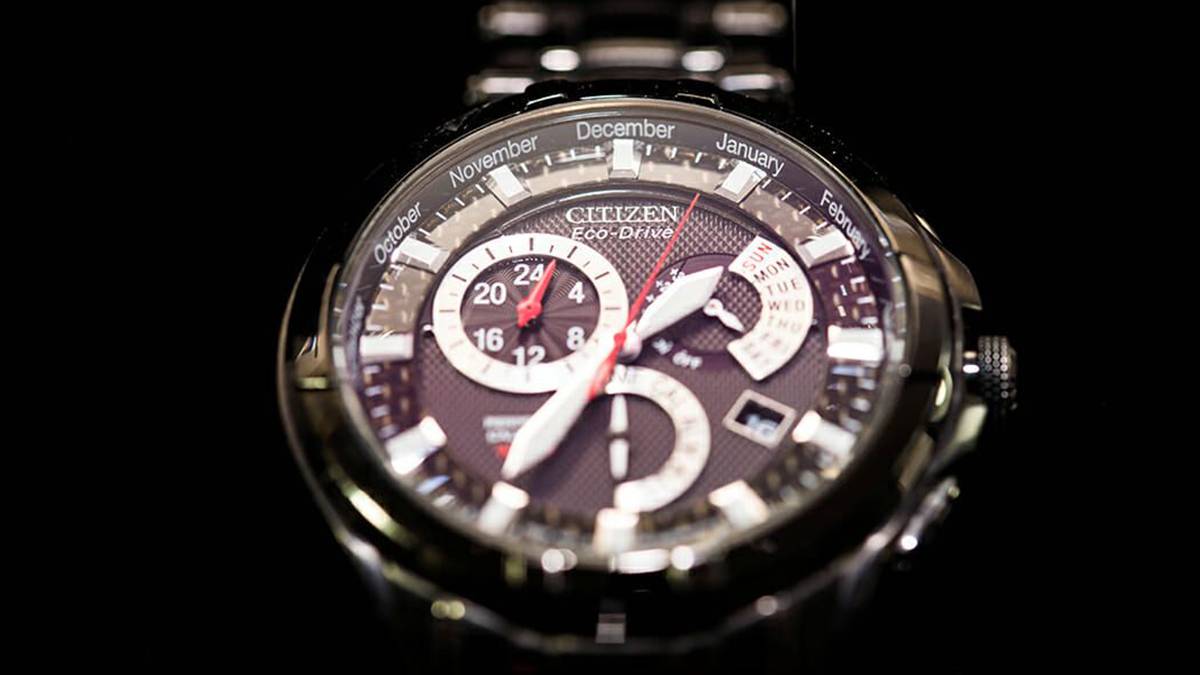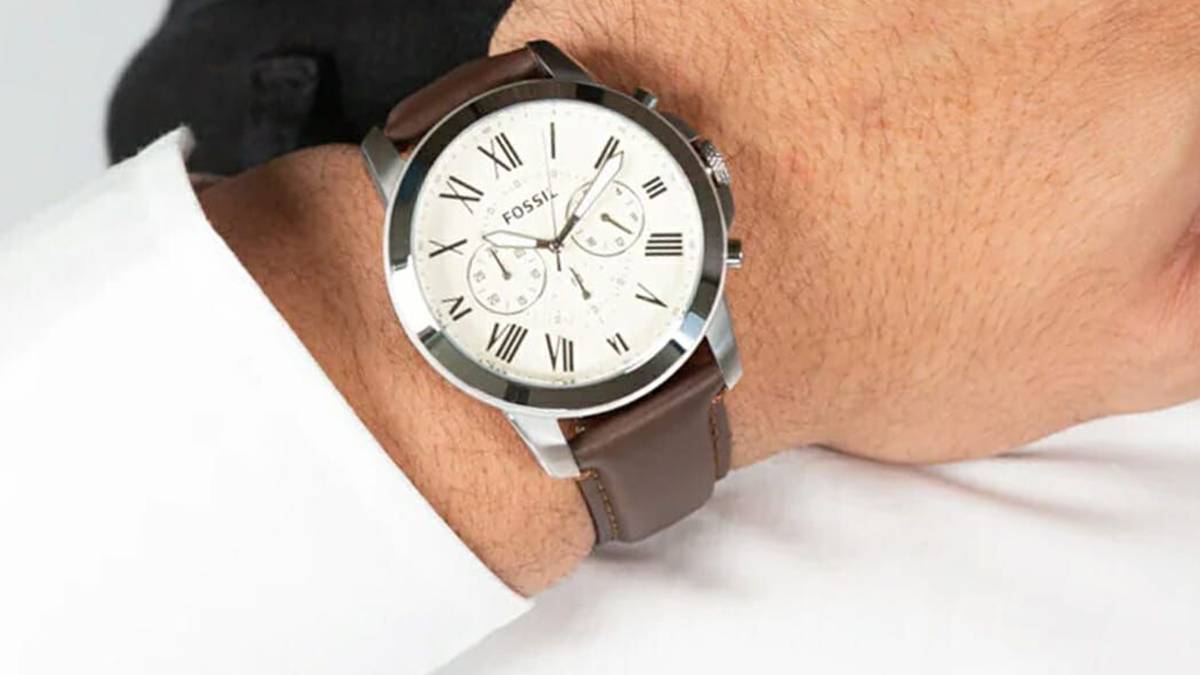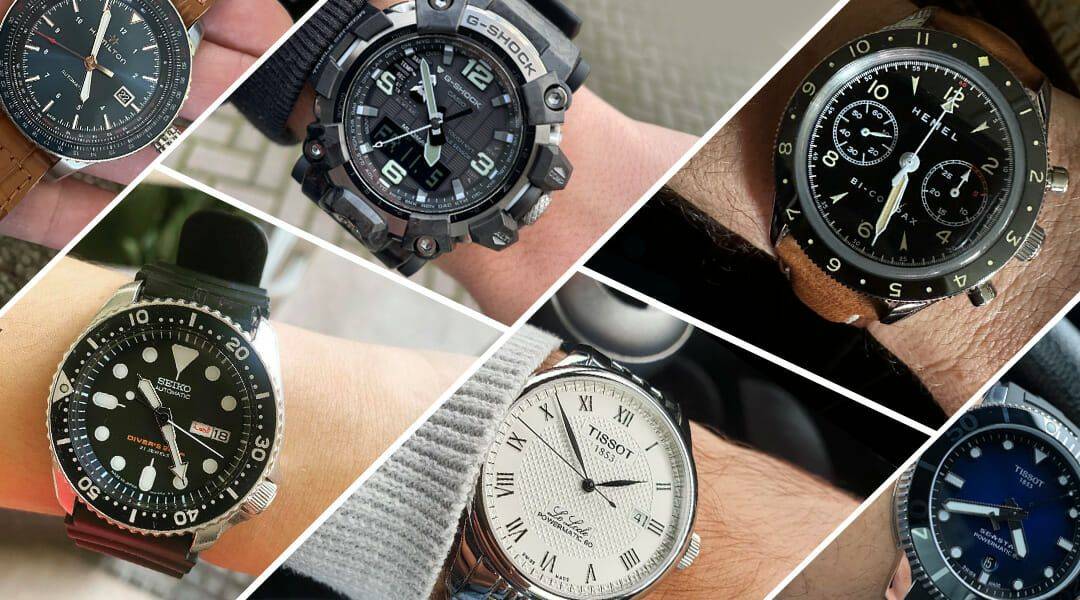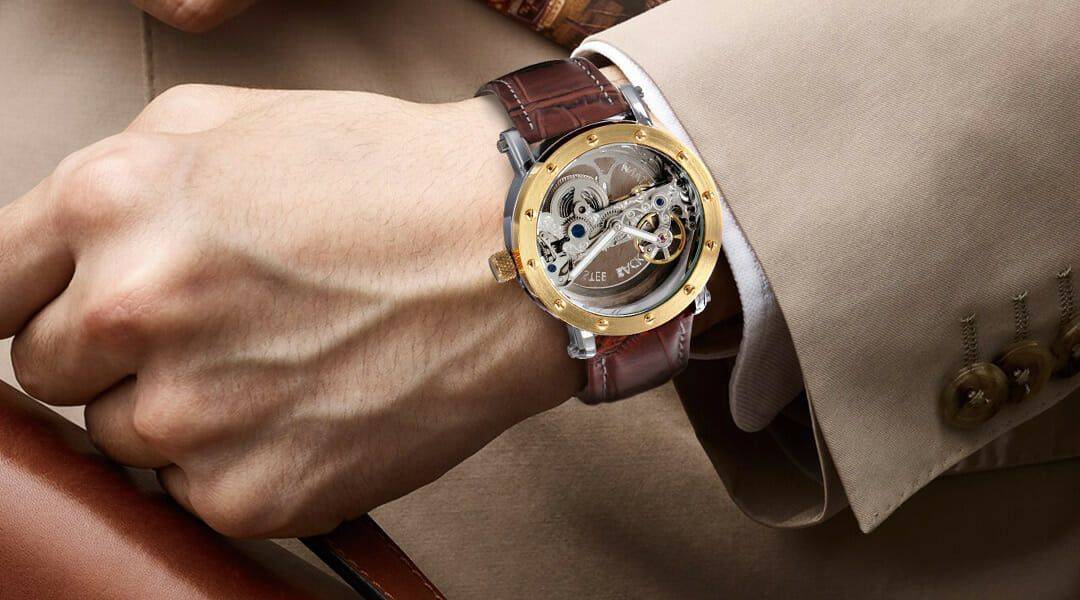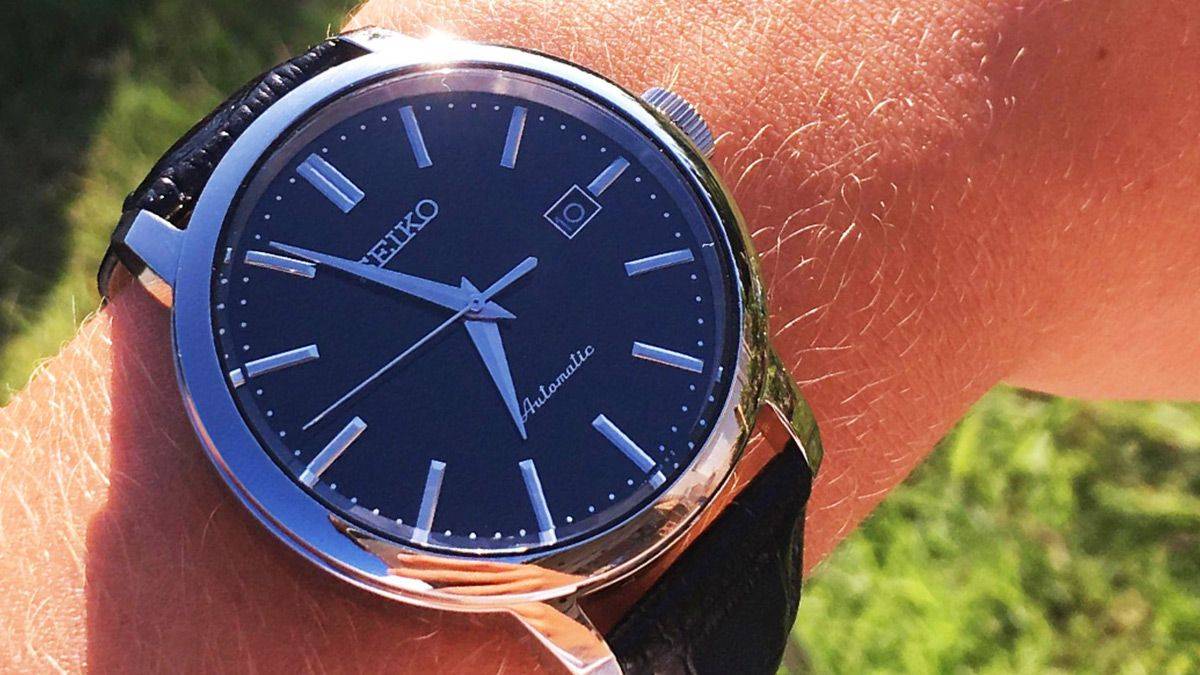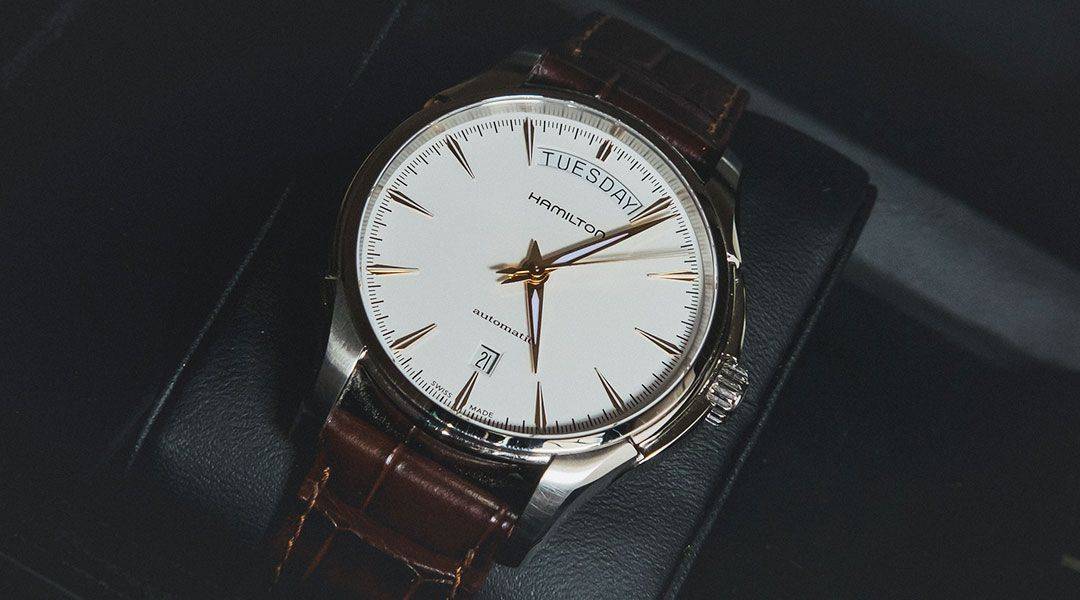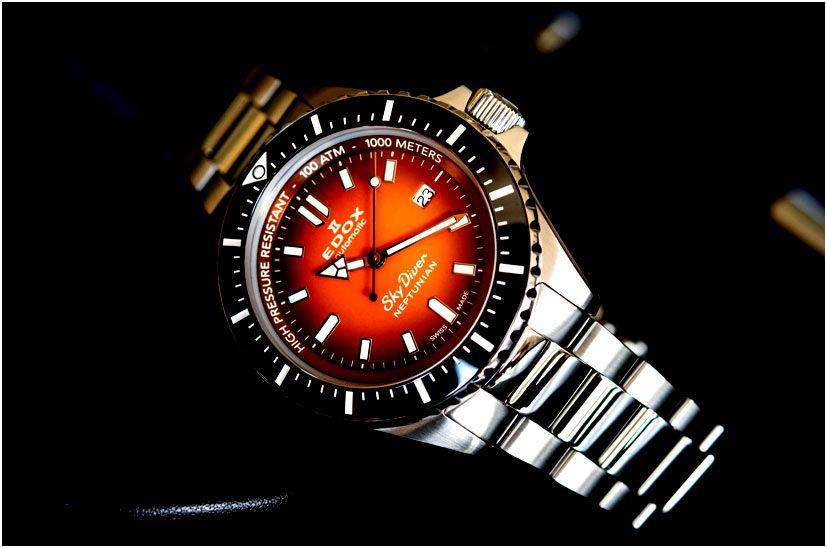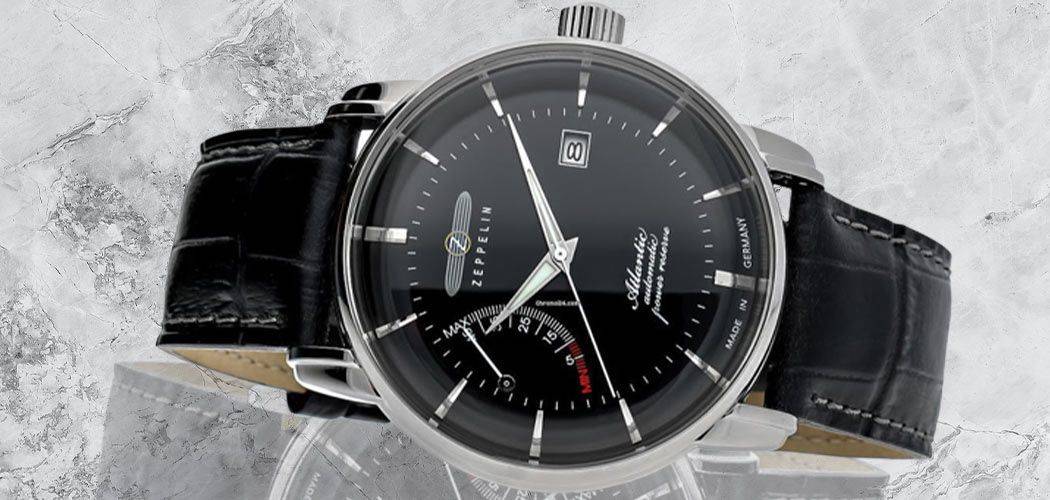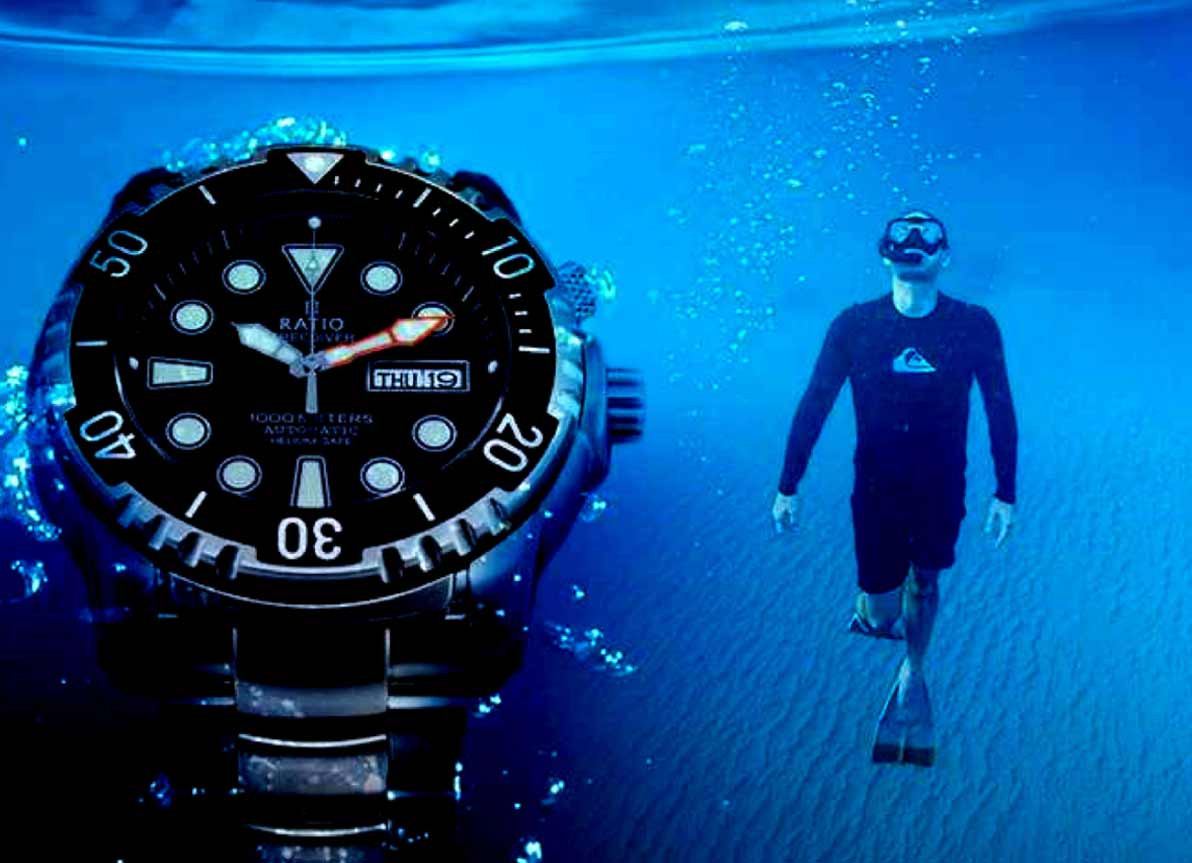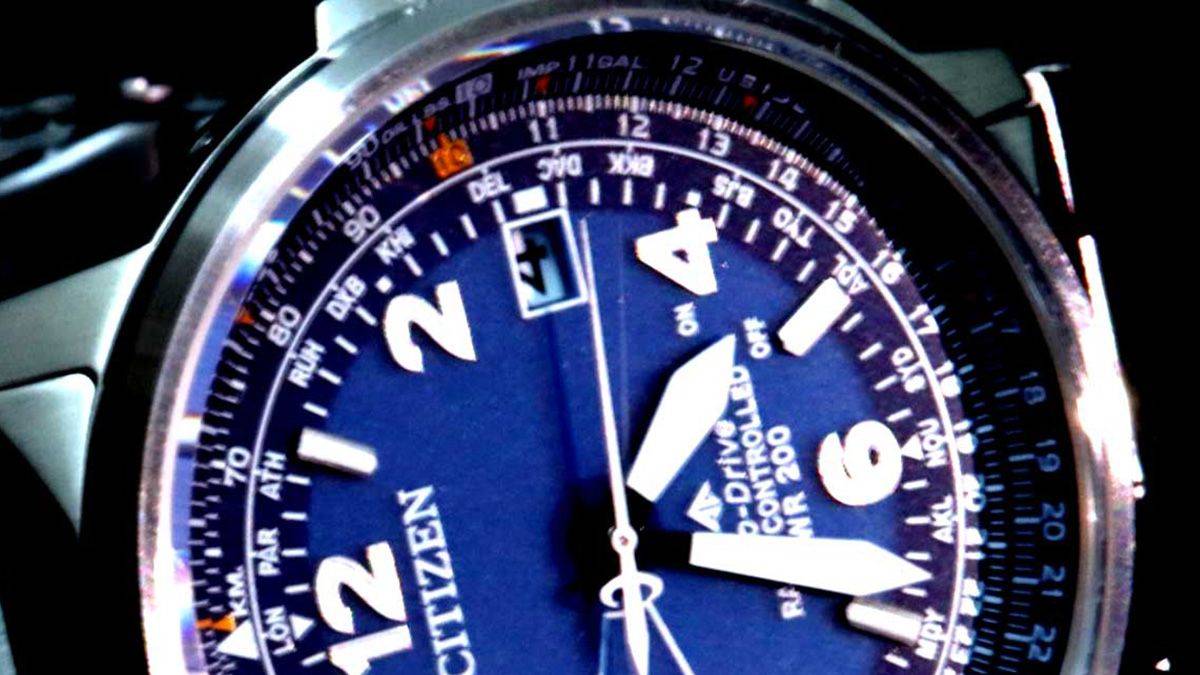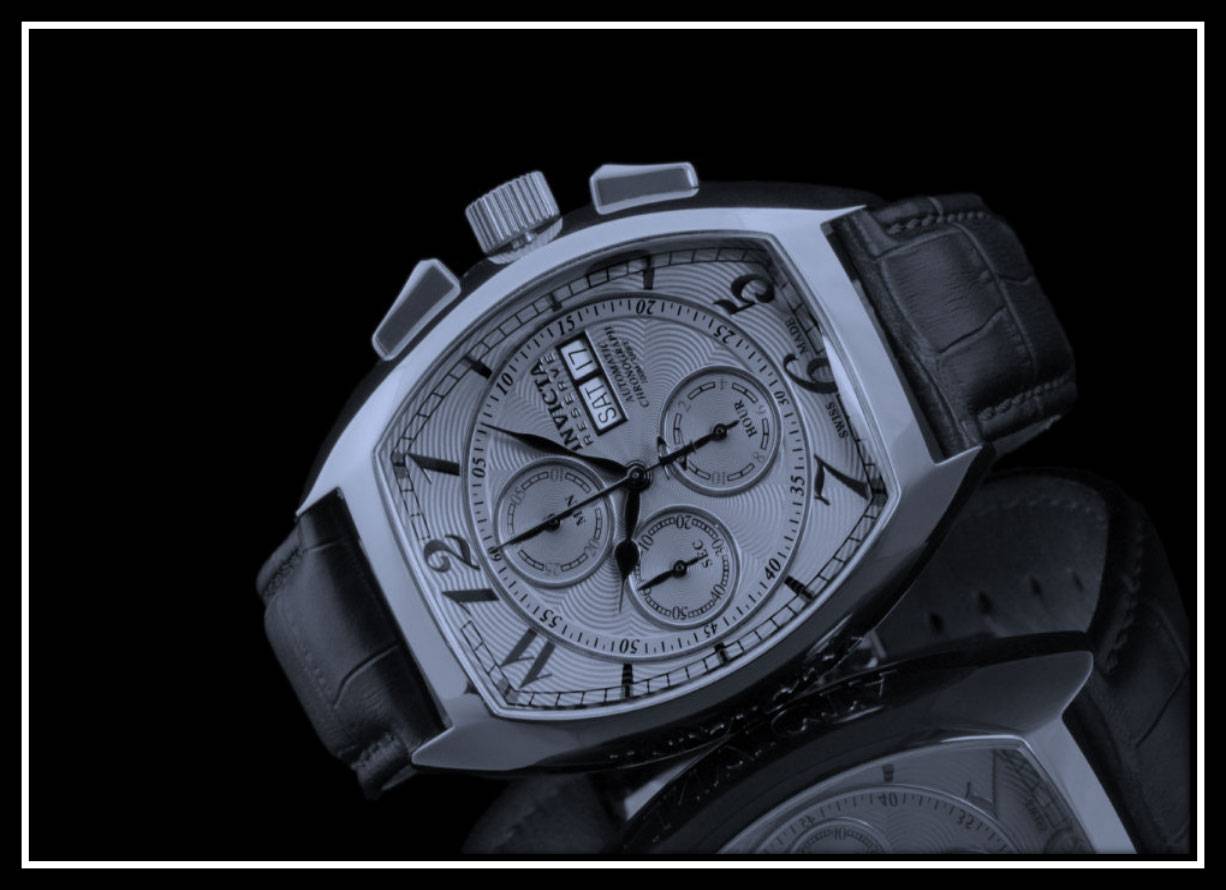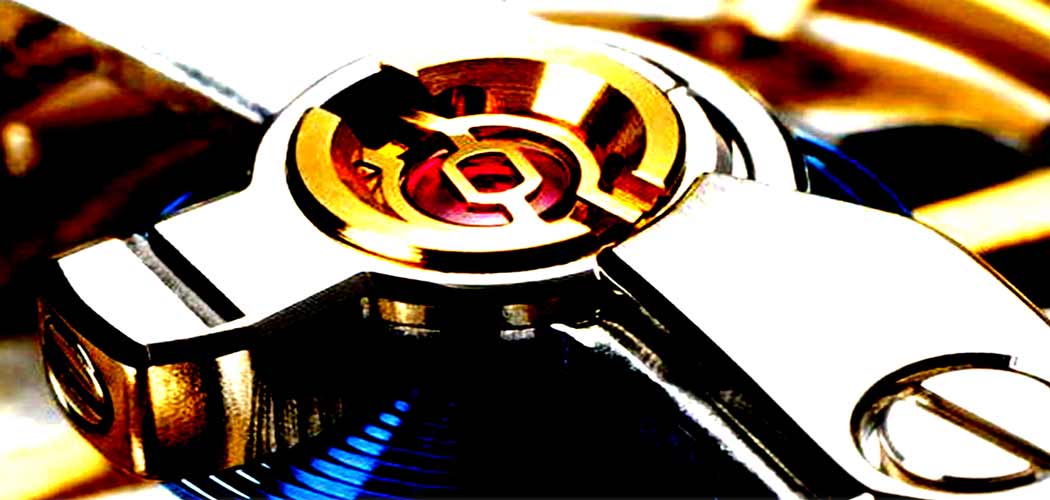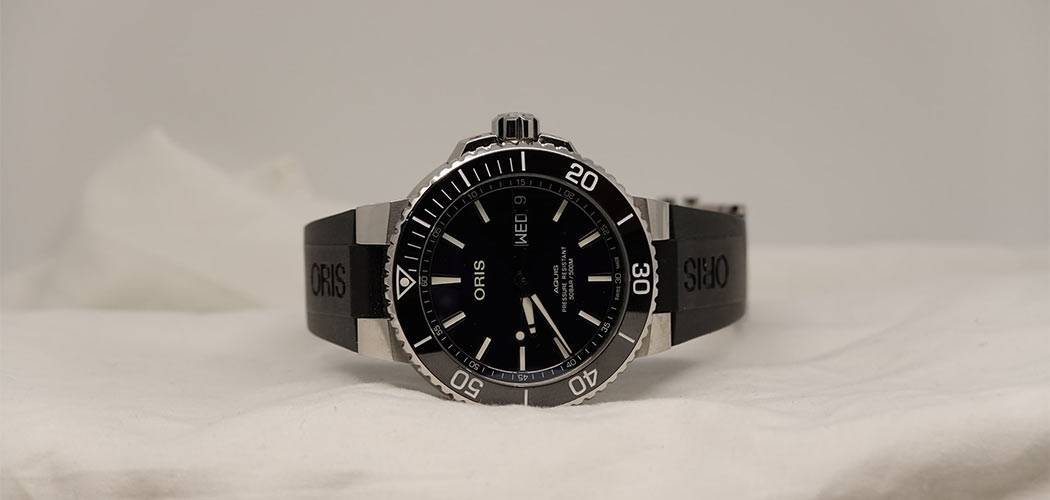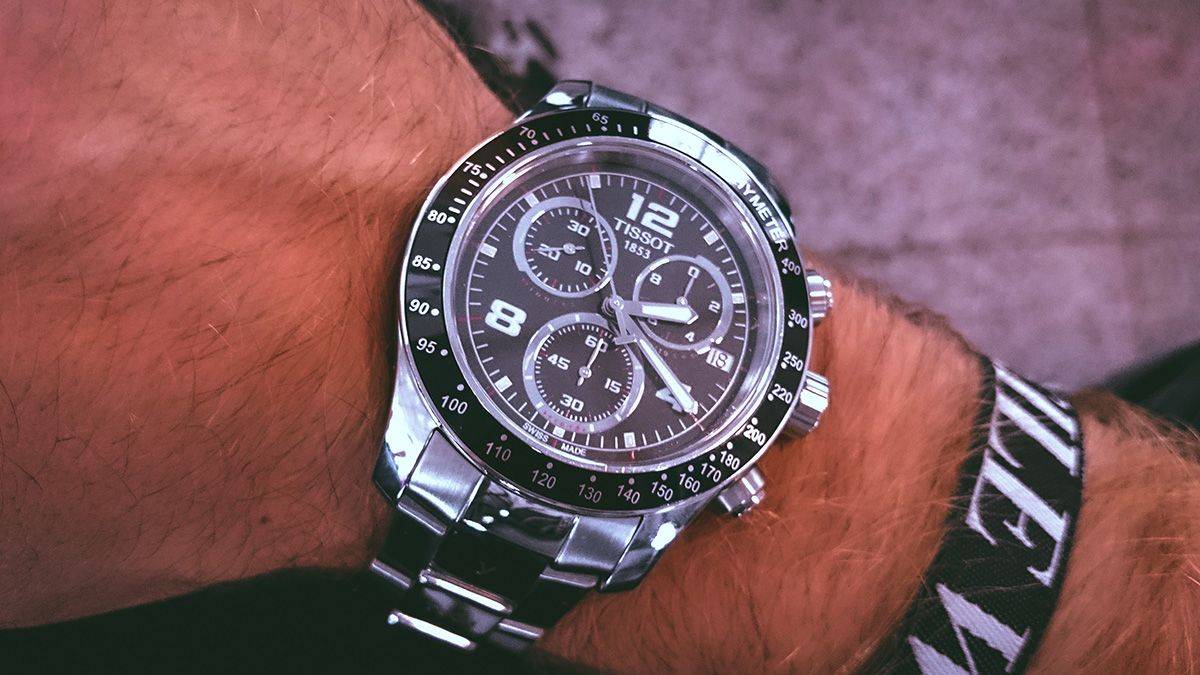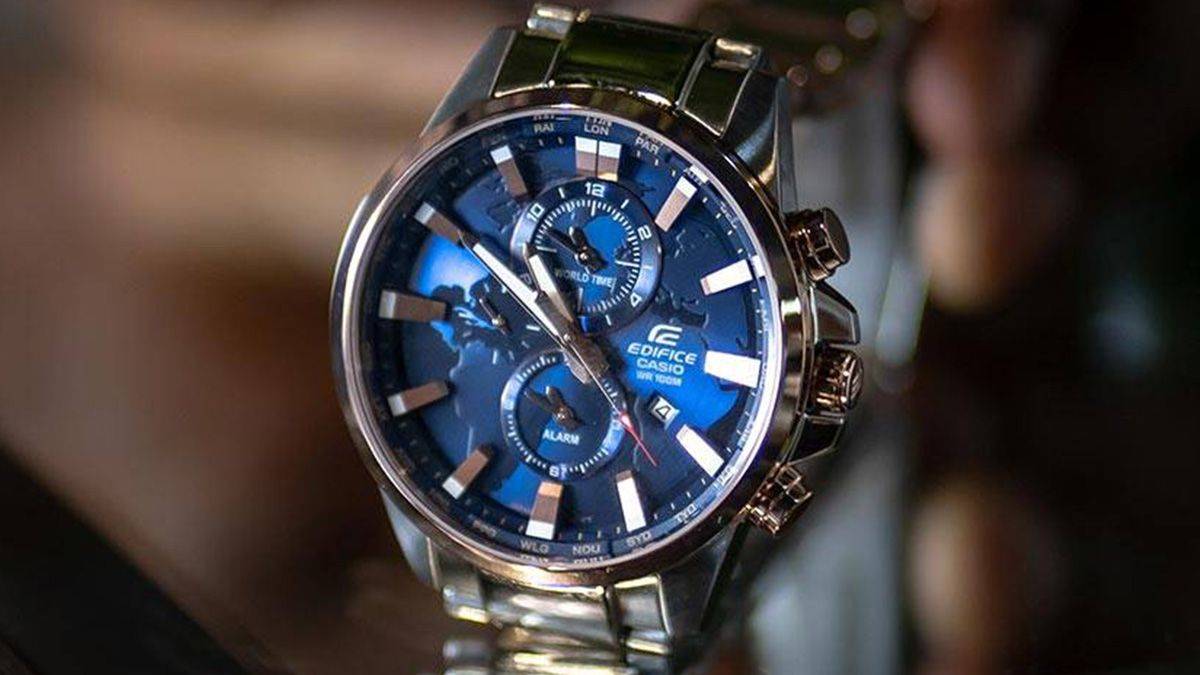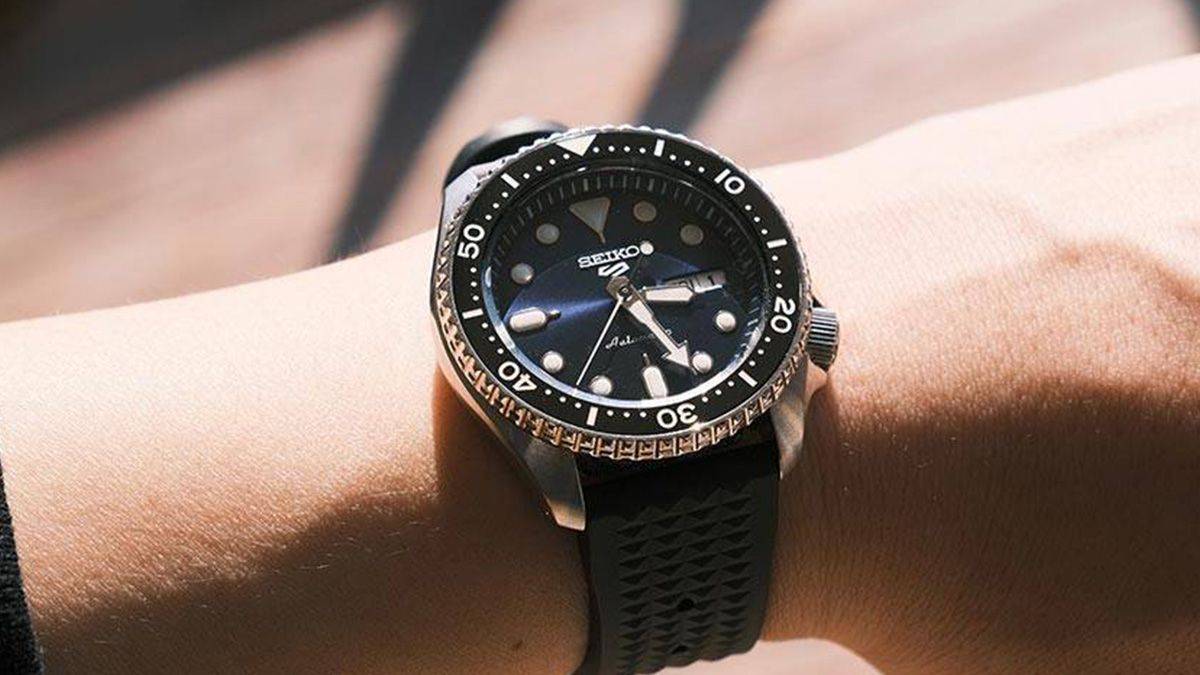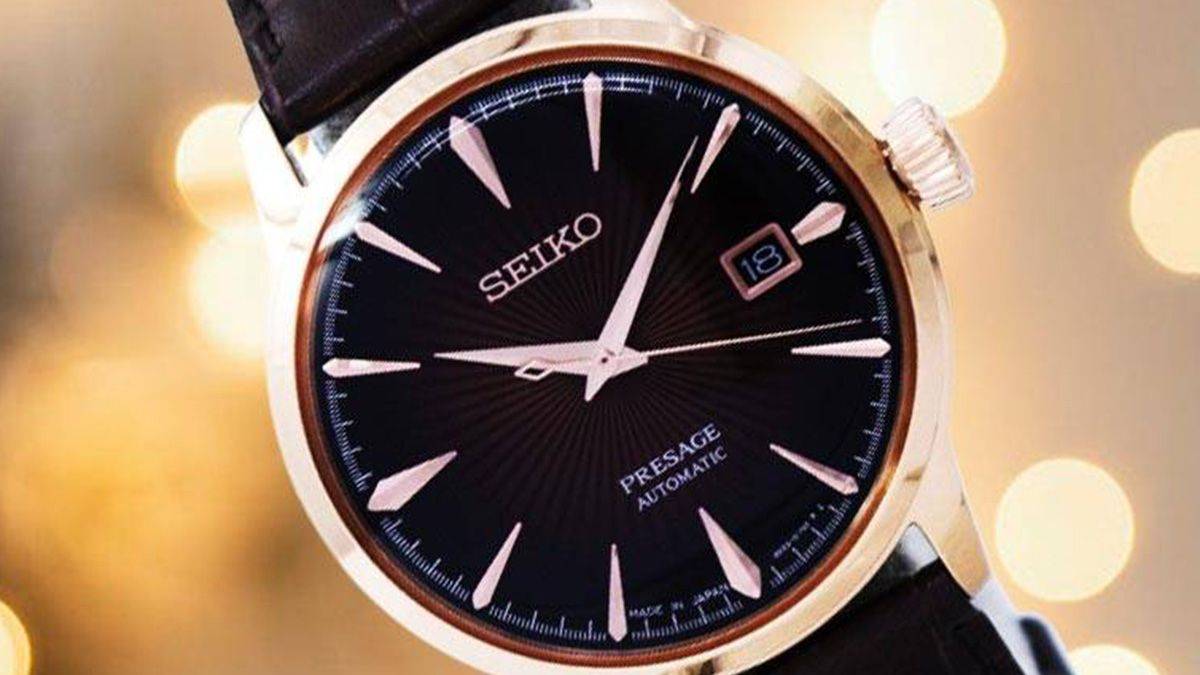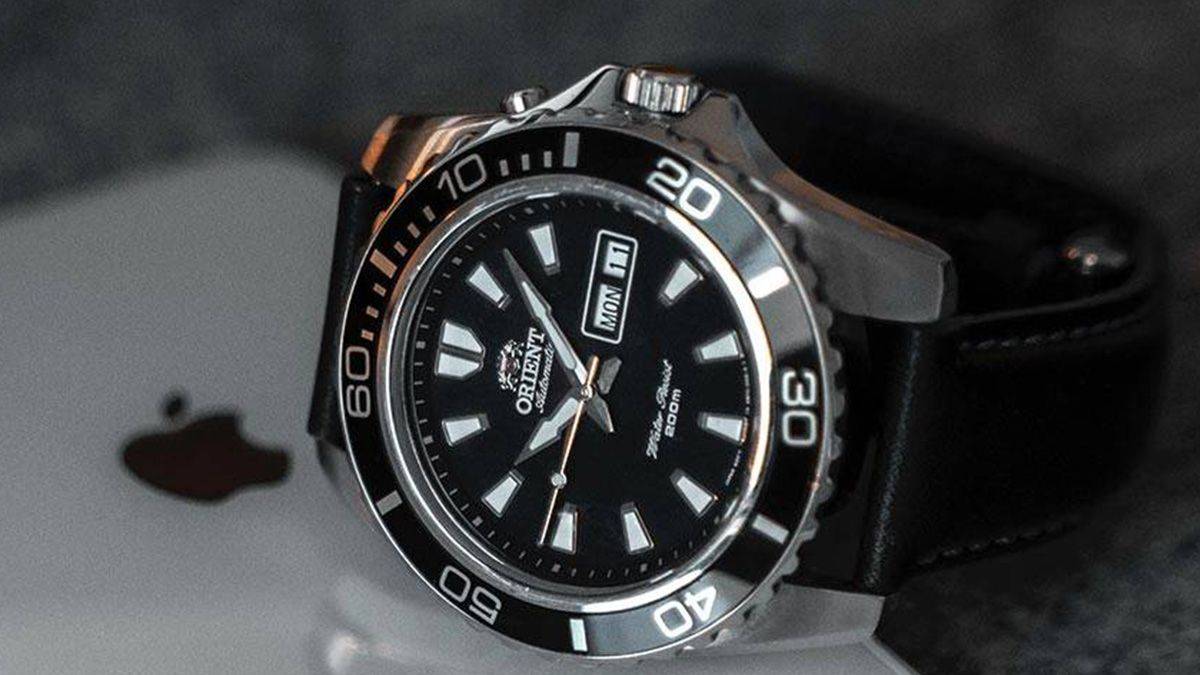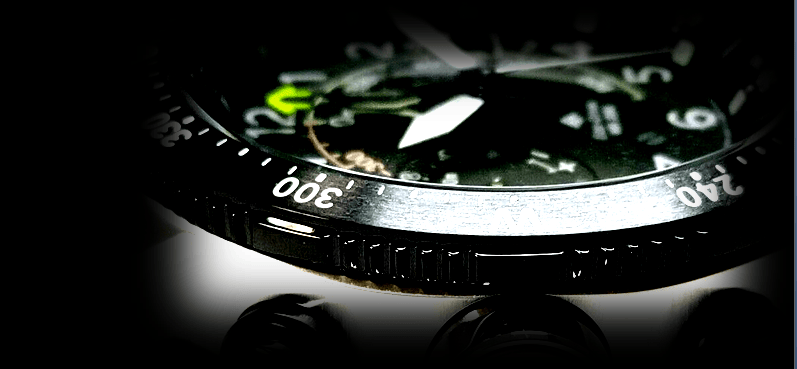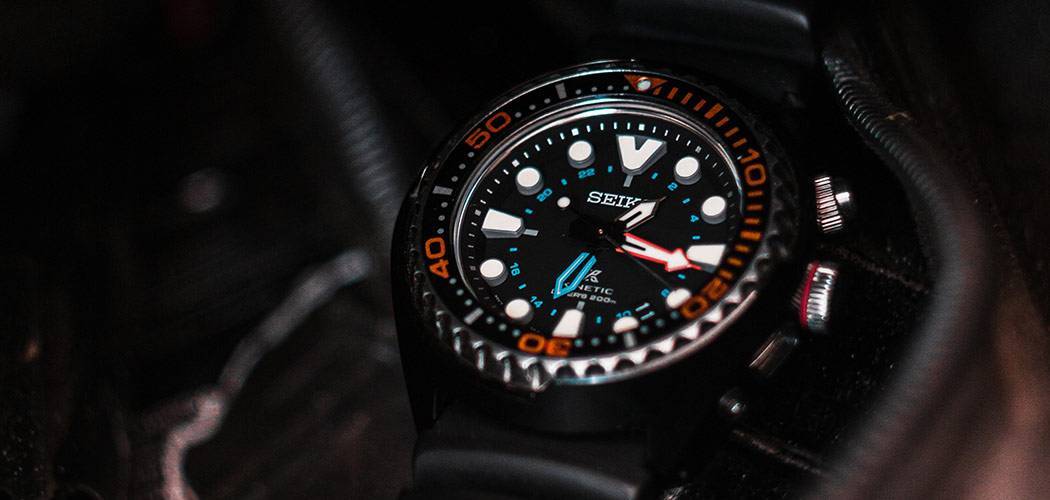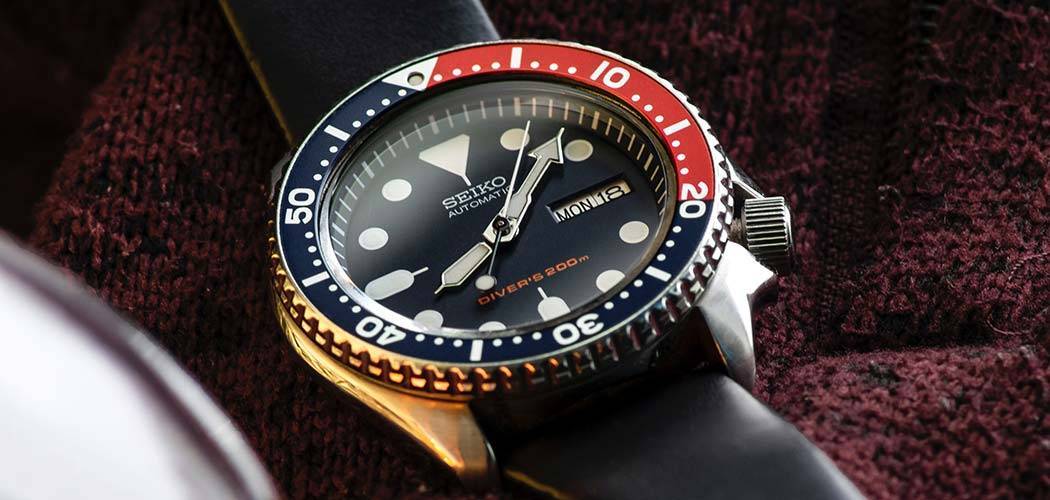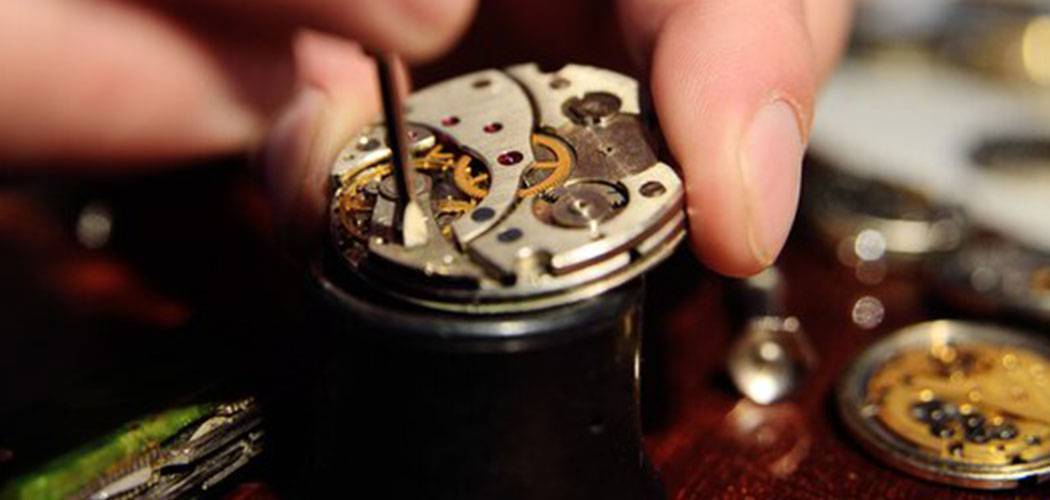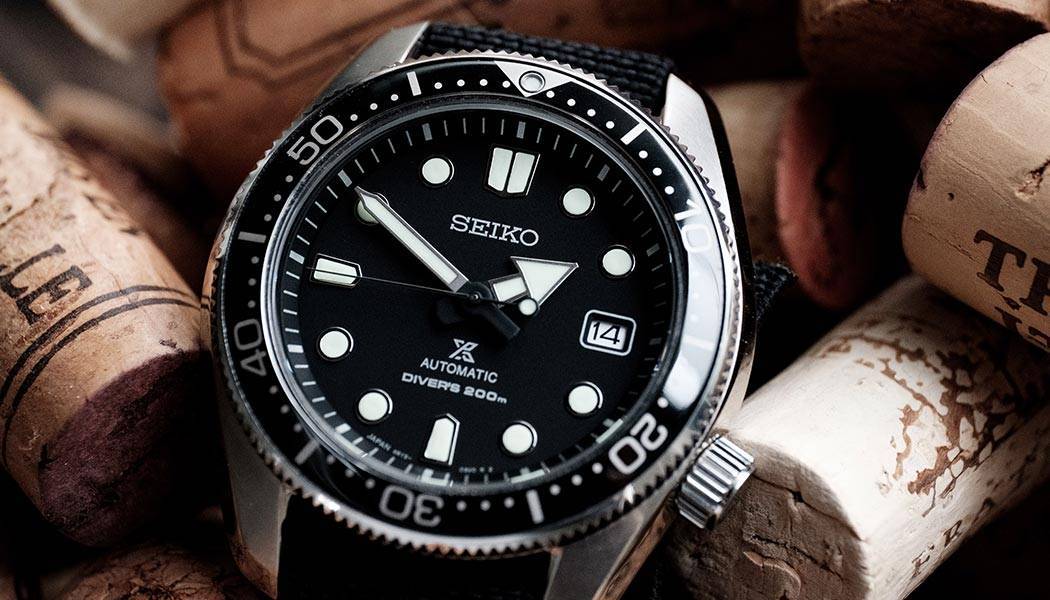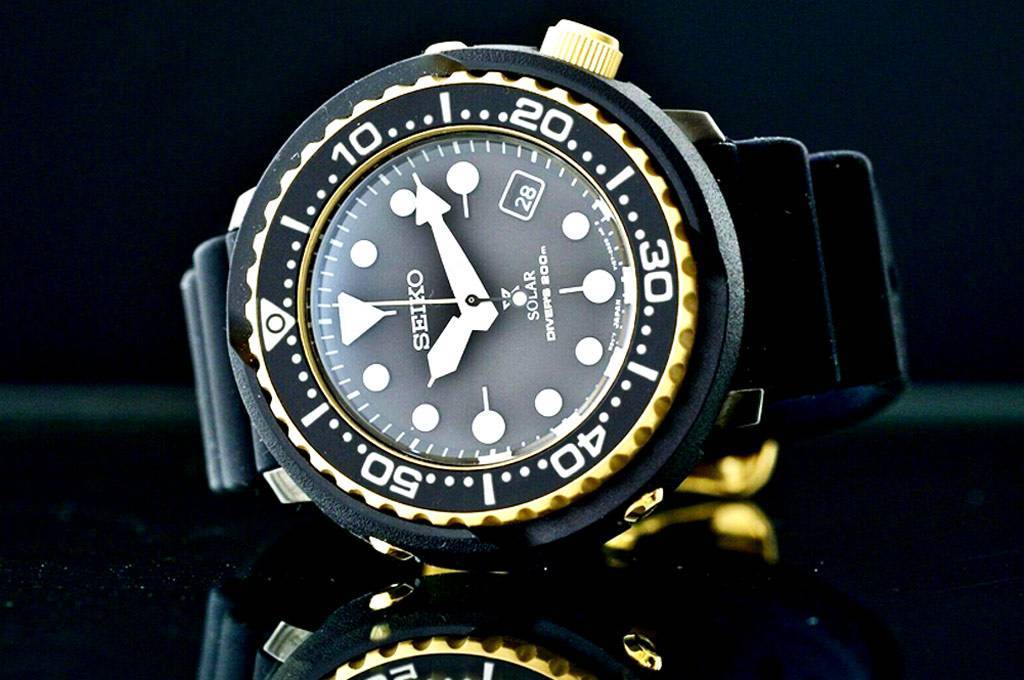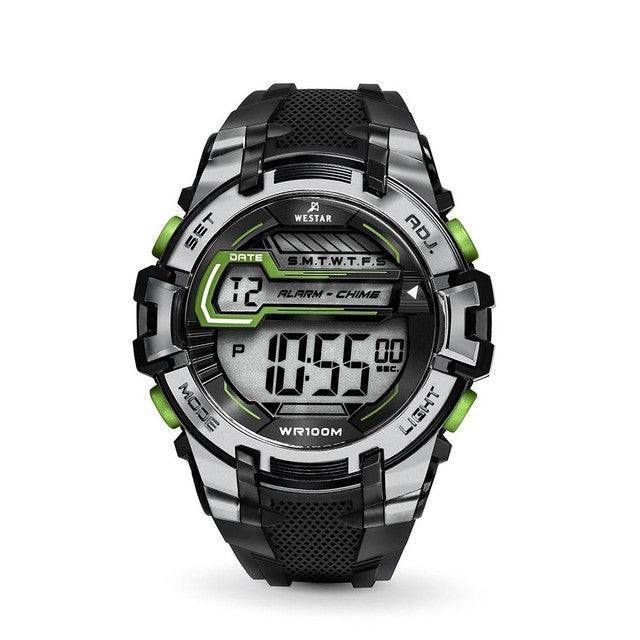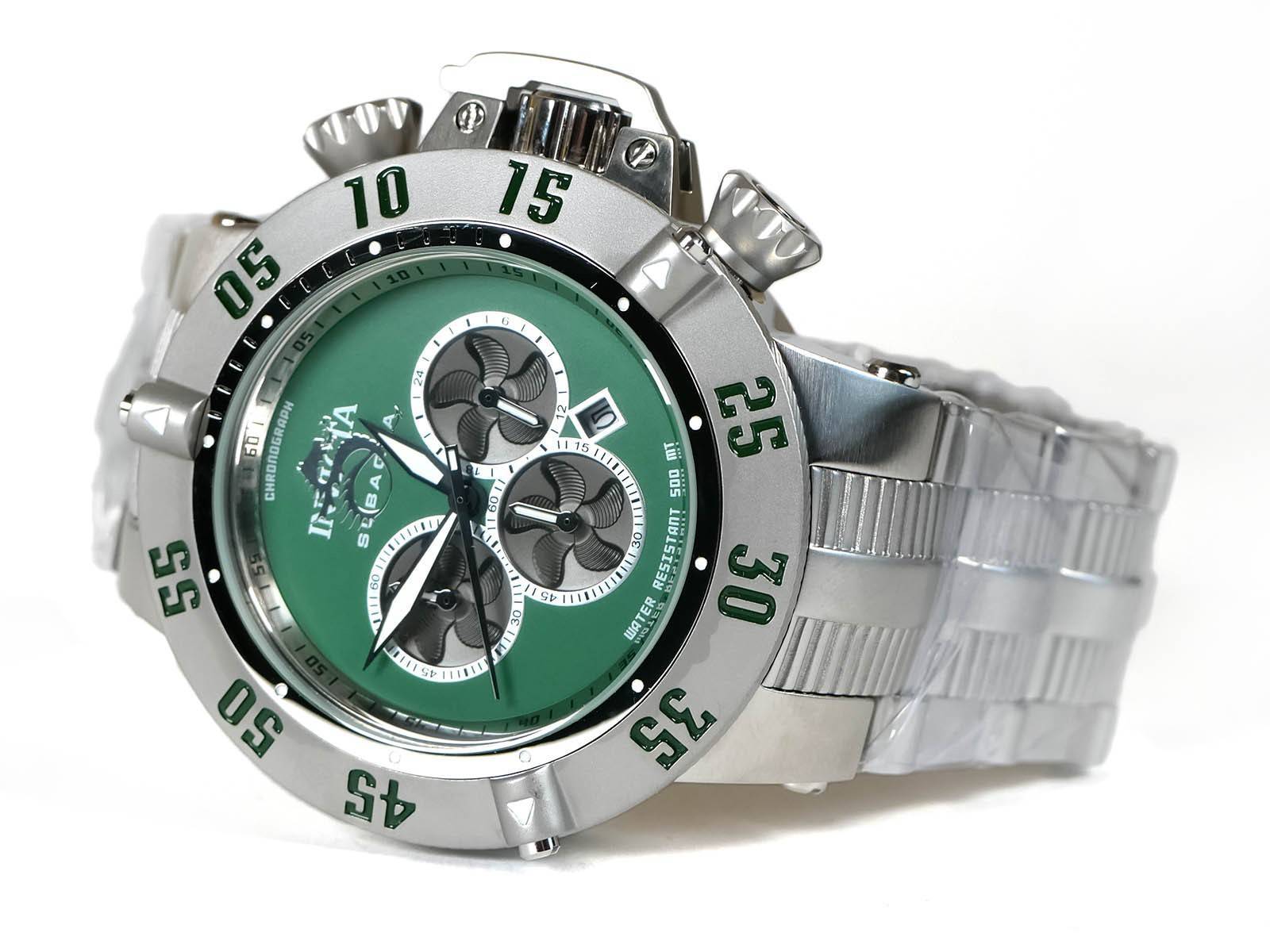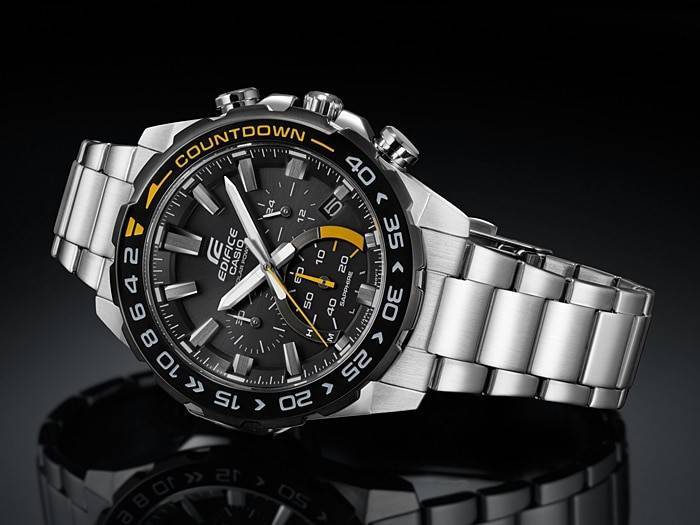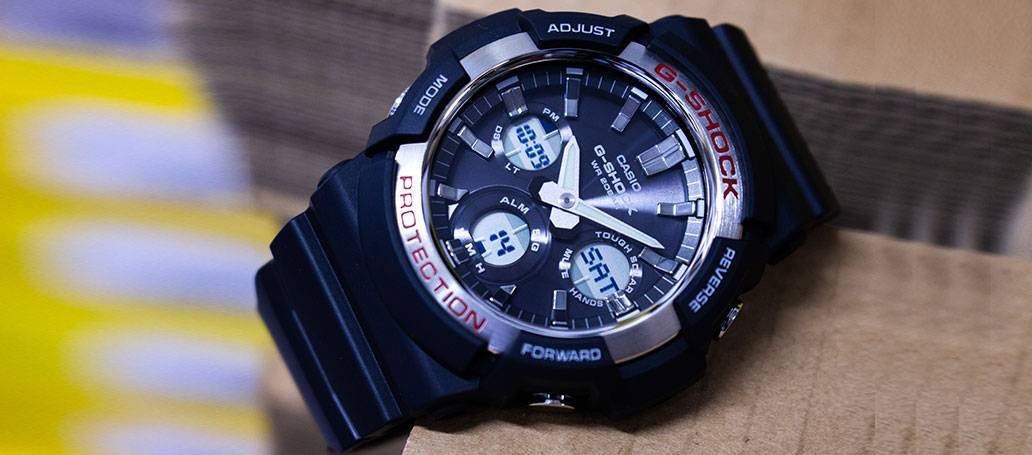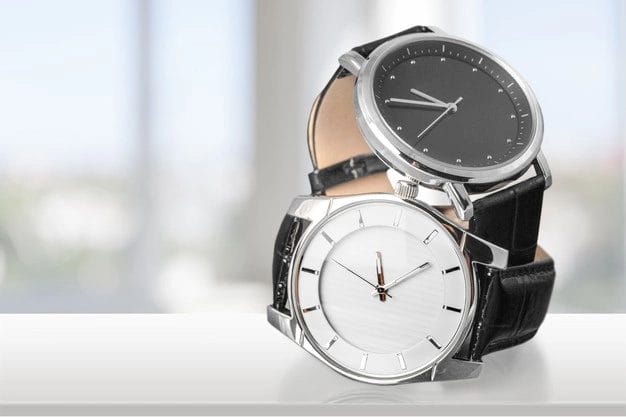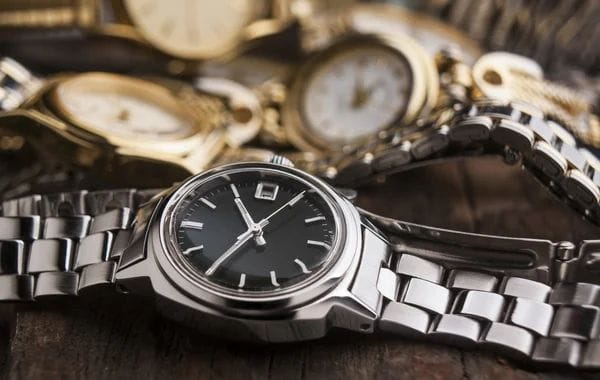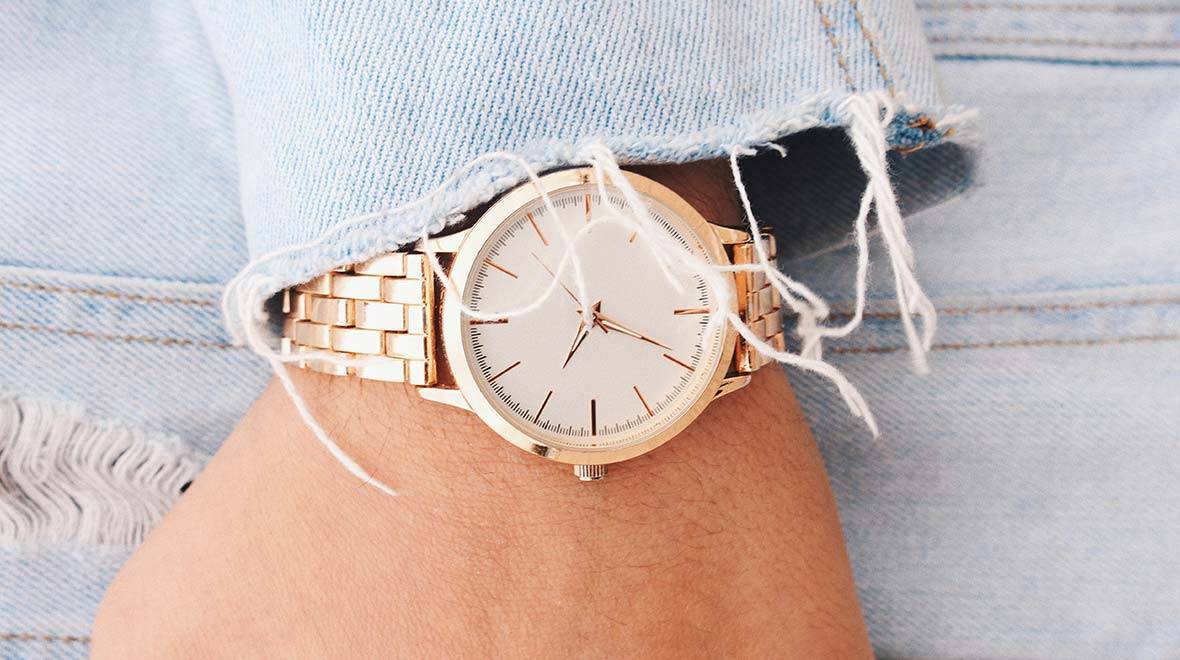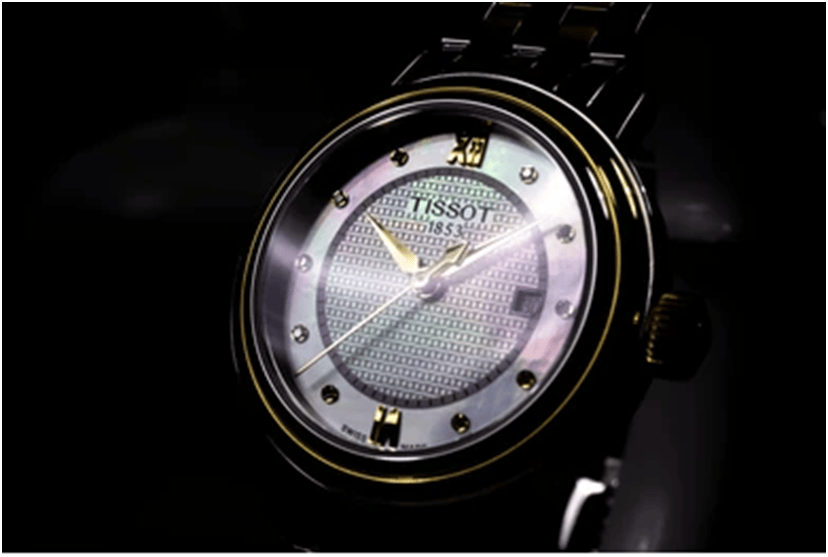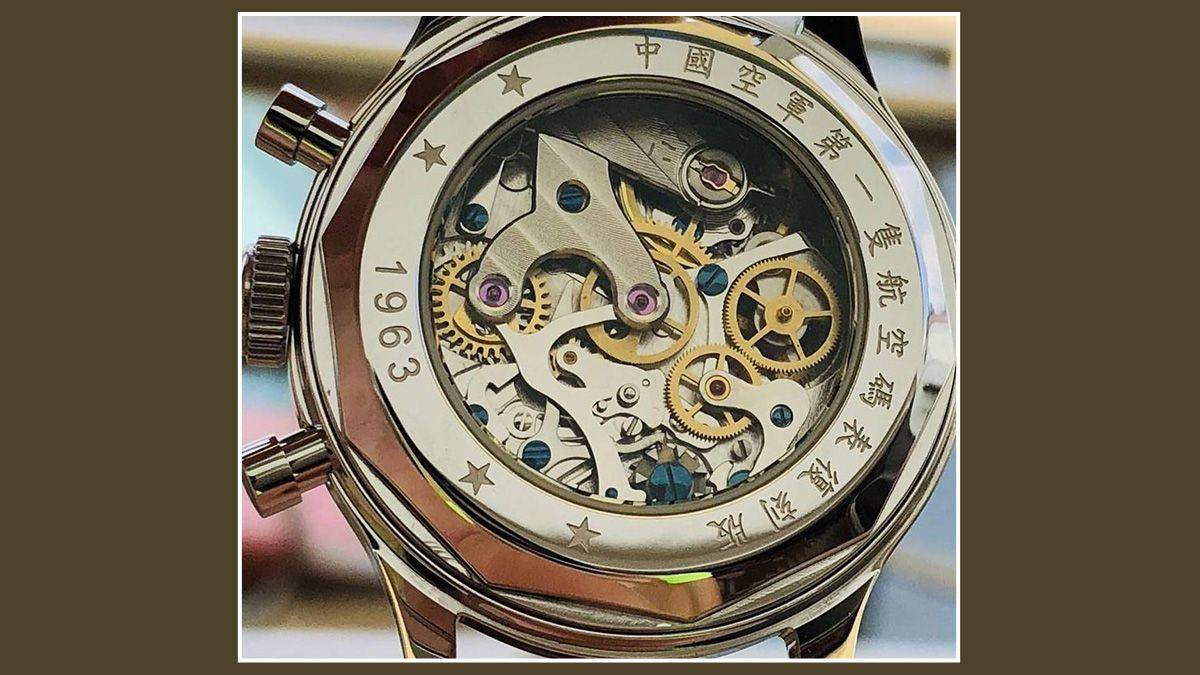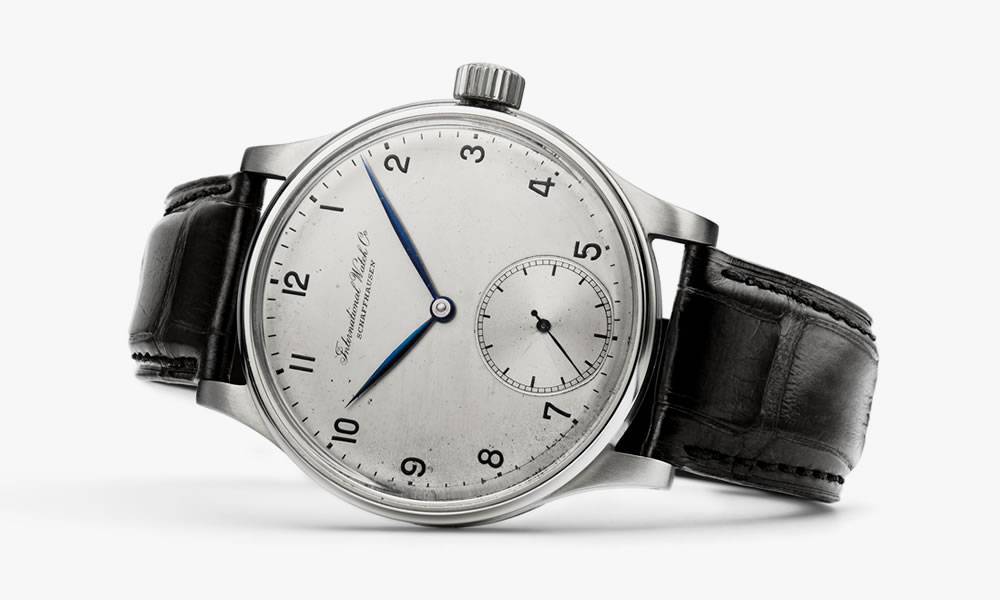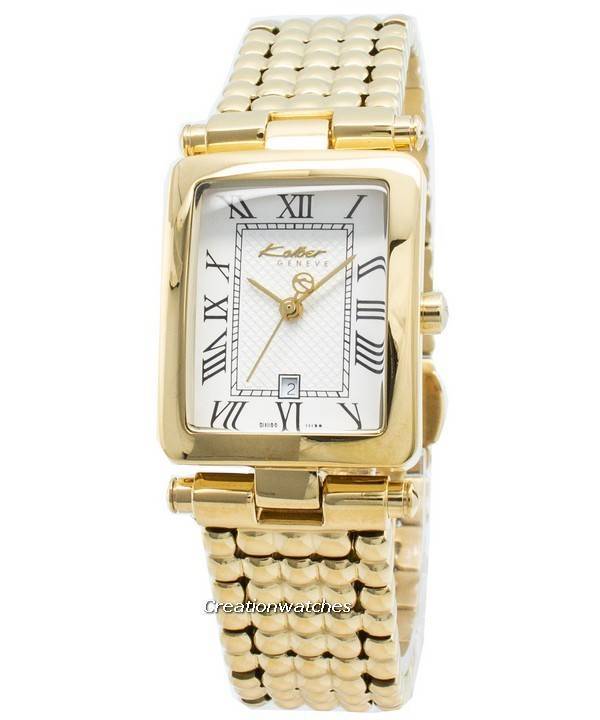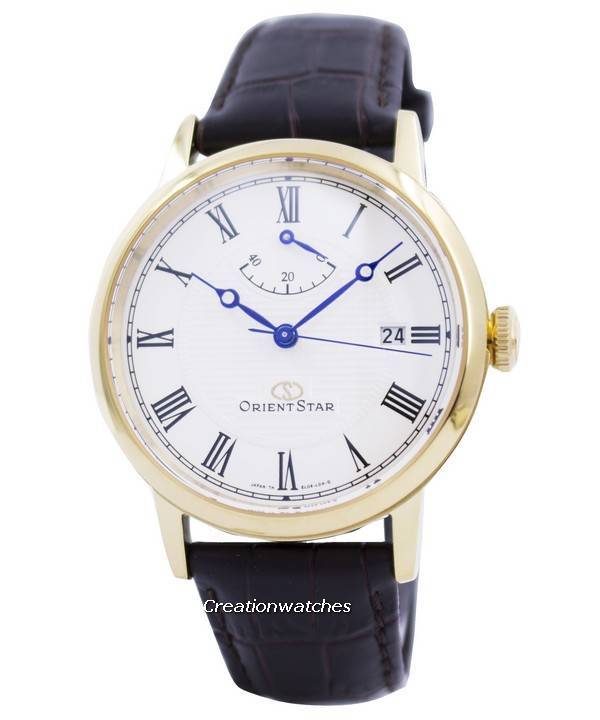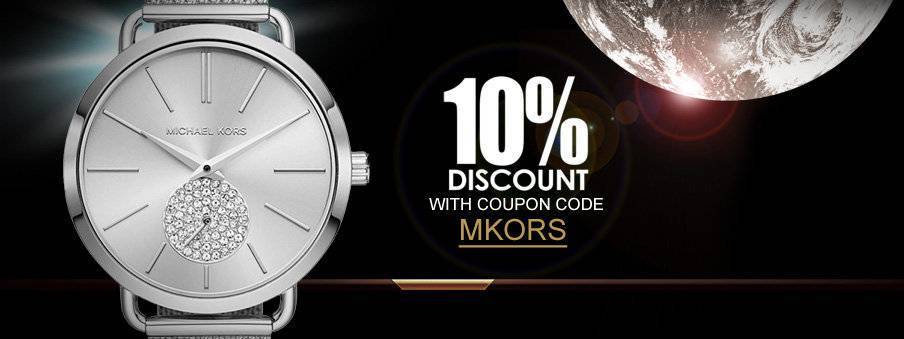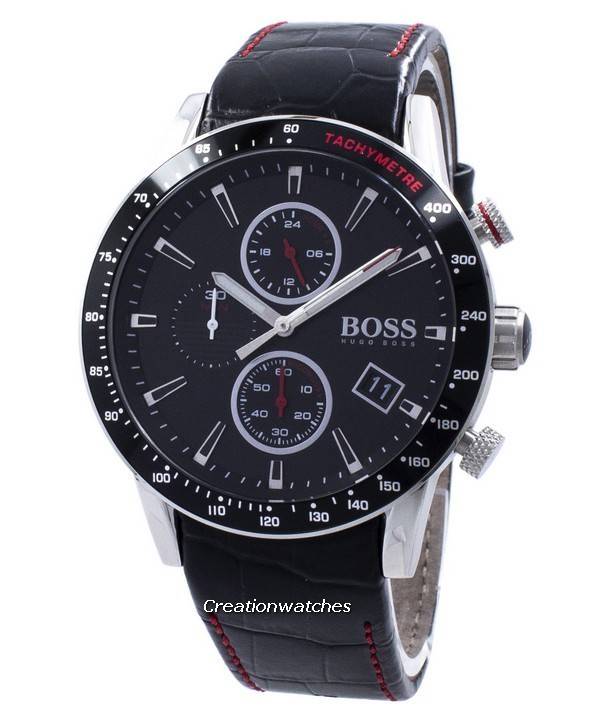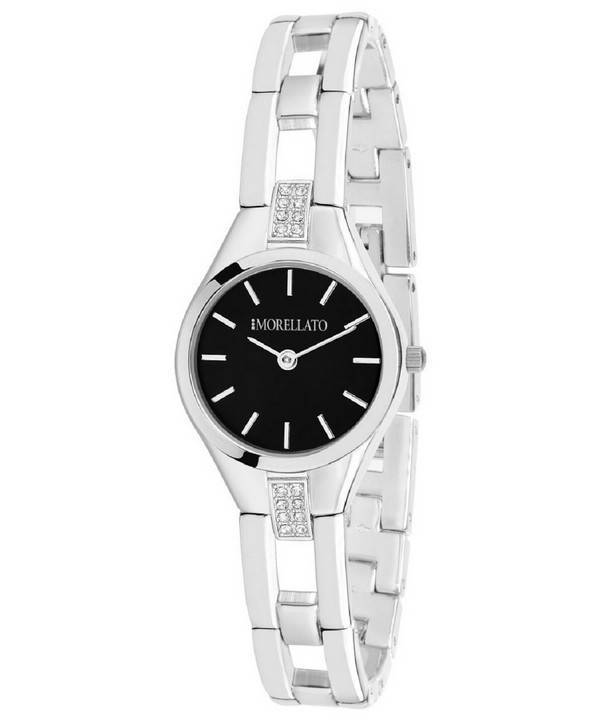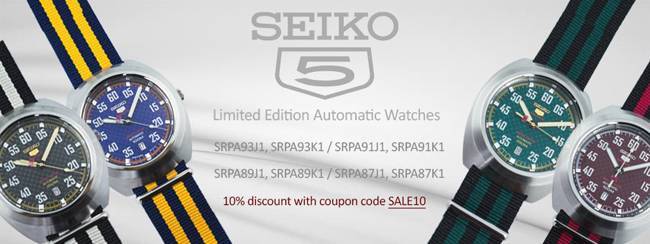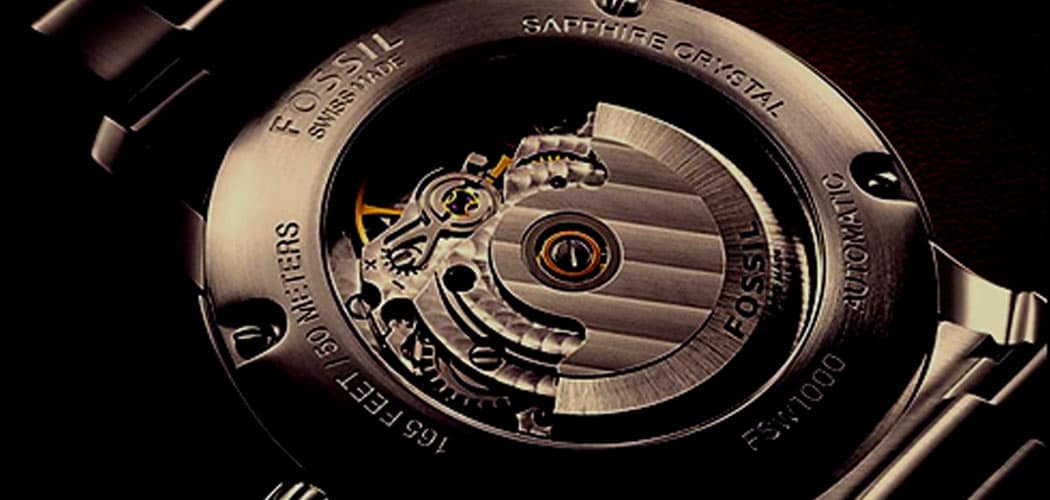
- April 2, 2022
- Watch Gonzo
- 0
Foreword
The word Swiss or Suisse inscribed on the dial of a watch has its own charm despite them being ambiguous designations. While this might be unacceptable to some without details properly 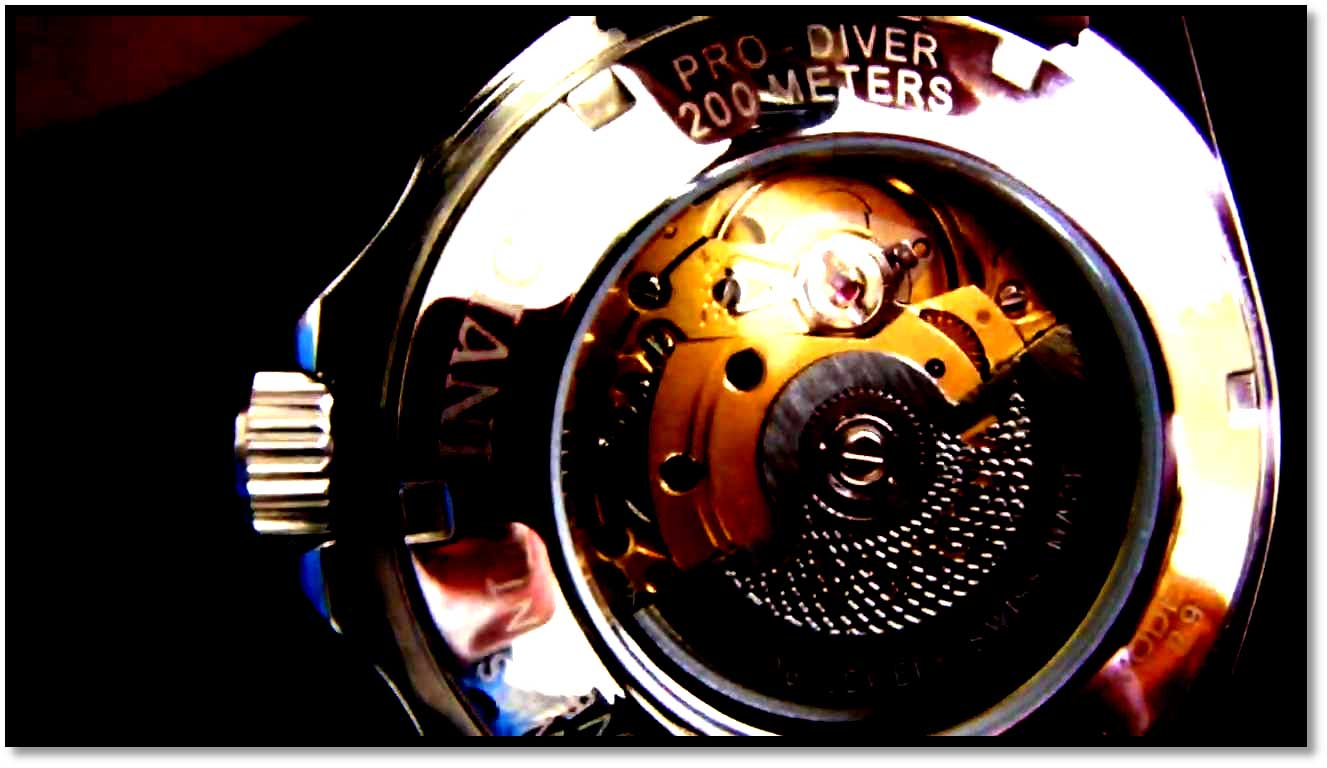 discussed, to the majority, this can mean something really, really big. But then again, just about anything can’t wear the Swiss-Made mark. To attain this designation, a certain percentage of the watch must be assembled in Switzerland, not necessarily the movement or its components. The entire watch does not need to be put together or its components made in Switzerland. At least, 60% of the manufacturing costs and the essential manufacturing steps must occur in Switzerland to be marked as Swiss. Still, most run after the Swiss mark regardless of the minimum 60% criteria had been met or not. One easy way to call your watch Swiss is finding out if it runs on a Swiss movement; for example,
discussed, to the majority, this can mean something really, really big. But then again, just about anything can’t wear the Swiss-Made mark. To attain this designation, a certain percentage of the watch must be assembled in Switzerland, not necessarily the movement or its components. The entire watch does not need to be put together or its components made in Switzerland. At least, 60% of the manufacturing costs and the essential manufacturing steps must occur in Switzerland to be marked as Swiss. Still, most run after the Swiss mark regardless of the minimum 60% criteria had been met or not. One easy way to call your watch Swiss is finding out if it runs on a Swiss movement; for example, 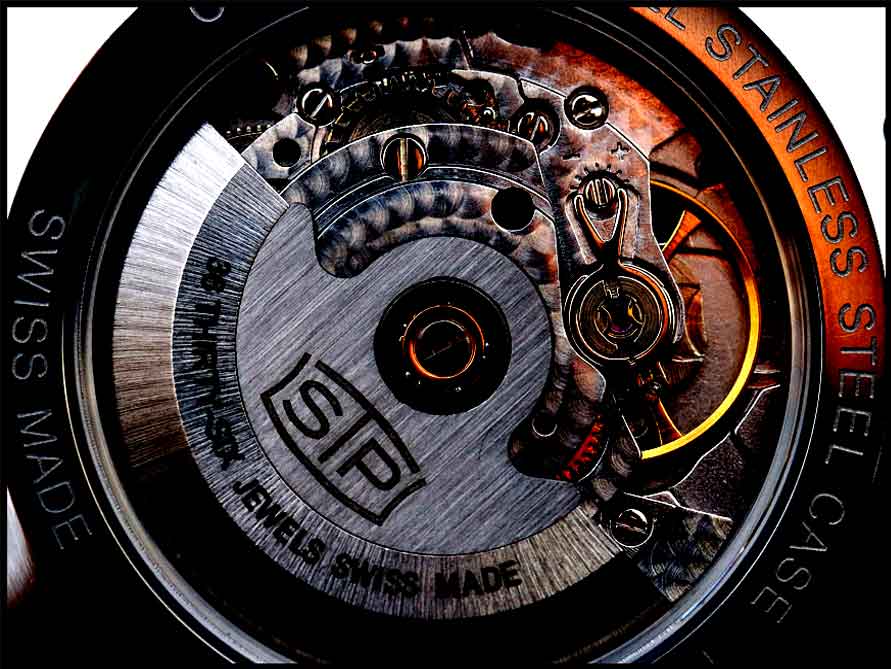 an ETA – which is by far the most widespread stock Swiss movements in mass produced Swiss watches. The ETA has several derivatives, modified versions and clones (except those made outside of Switzerland; for example, China), which are also considered as Swiss.
an ETA – which is by far the most widespread stock Swiss movements in mass produced Swiss watches. The ETA has several derivatives, modified versions and clones (except those made outside of Switzerland; for example, China), which are also considered as Swiss.
In case you don’t find ETA but see names like Sellita and STP, in that case also, you’re getting Swiss! These movements are identical in construction and function with the ETA with differences, some of which are unnoticeable to bare, untrained eyes or to anyone without sufficient horological knowledge. These, too, also come in specially modified forms, often with heightened accuracy and at times, reliability.
Introduction
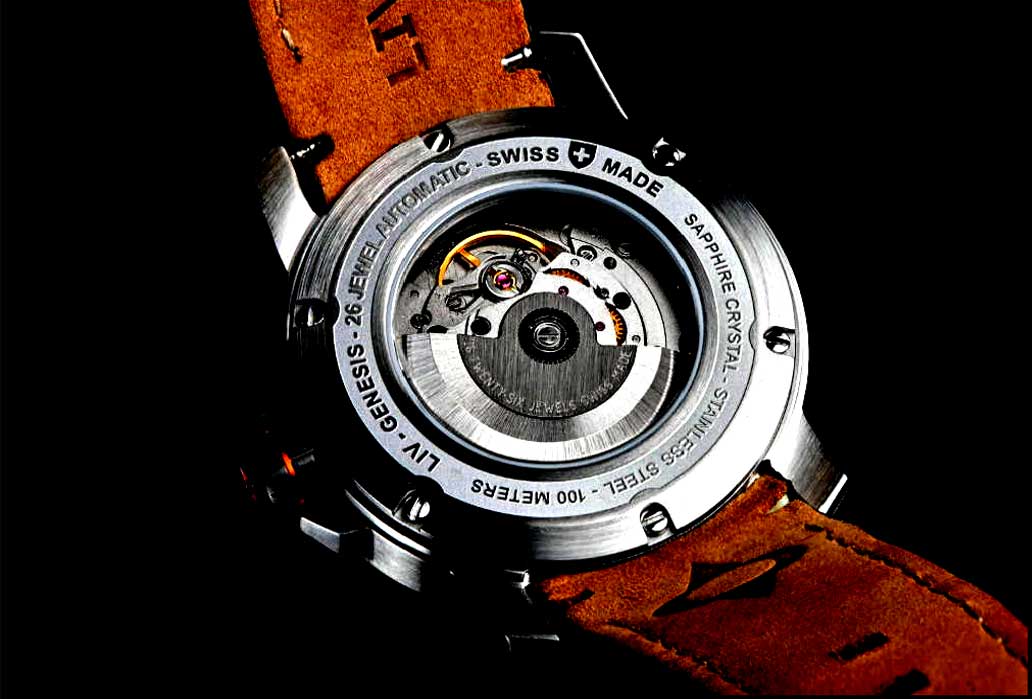 ETA, Sellita and STP have long been the suppliers of movements to different watch brands all over the world. Almost identical in their build, it is a question raised by many – how could they be so similar? The ETA 2824 since 1973 has been the staple for numerous watch brands. The ETA calibre 2824-2 was introduced nine years later in 1982, based on the Eterna caliber 1427. It is considered a well-engineered, reliable and robust movement that can be easily serviced and repaired.
ETA, Sellita and STP have long been the suppliers of movements to different watch brands all over the world. Almost identical in their build, it is a question raised by many – how could they be so similar? The ETA 2824 since 1973 has been the staple for numerous watch brands. The ETA calibre 2824-2 was introduced nine years later in 1982, based on the Eterna caliber 1427. It is considered a well-engineered, reliable and robust movement that can be easily serviced and repaired.
But why did we bring in the ETA into the context when we are supposed to discuss Sellita and STP? Here’s why.
Both Sellita and STP managed to produce movements identical to the ETA 2824-2. However, there’s more to the story.
Sellita has been a long-time supplier of components to ETA formerly, with the necessary know-how to build movements right from the scratch. The Sellita SW 200, therefore, is as good as ETA 2824-2 while the STP 1-11 is also a clone of the ETA 2824-2. STP – Swiss Technology Production; the youngest among the three – automatic movements are around since 2006 and a part of the American Fossils group from 2012.
Another question that might be unfurling in your mind right now is –
I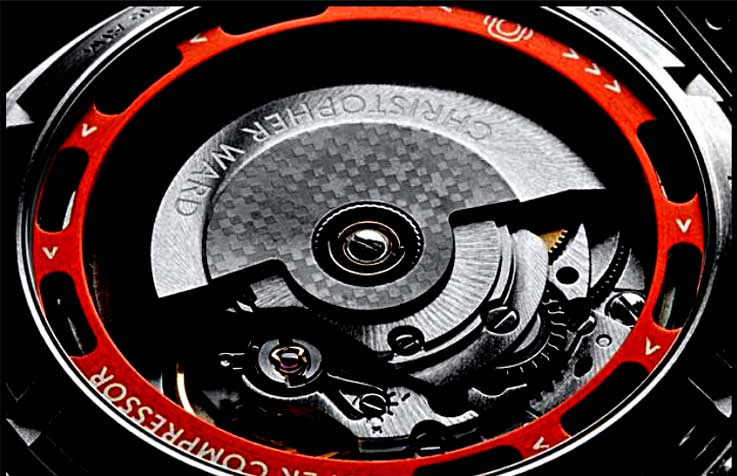 sn’t copying something an infringement of the copyright/patent laws?
sn’t copying something an infringement of the copyright/patent laws?
Not if a design or a concept is old enough, likely no longer protected under any Patent right. Thus, both Sellita and STP – the full-fledged Swiss movement-makers with machinery capable of such work, for the most part, copy the ETA movements. It is just like the drug companies making generic drugs after a period of time.
So, are the three interchangeable? Is that going to increase or diminish the value of a watch? To simplify: Three same watches but one with the 2824-2, another with the SW200 and the last one with the STP1-11; would they be valued equally? Also, valued by whom – by the connoisseur or by the casual user? What values are they going to assign to each if not equal ones?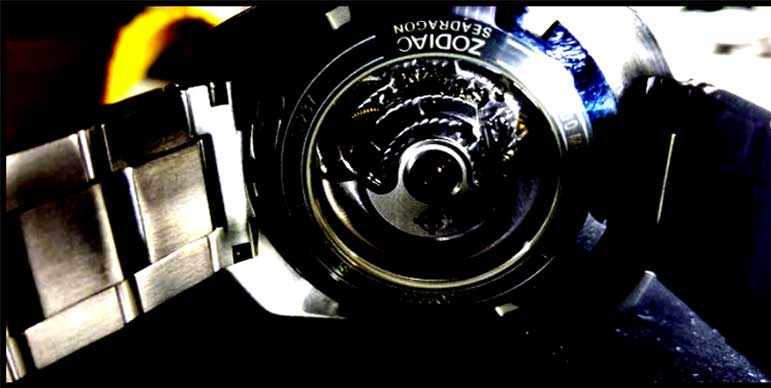
That leads to a very complicated answer which doesn’t promise much surety either. Best, we put the latter two up against the 2824-2 and see which one come the closest. That will also tell us which among the two is better when pitted against each other.
It’s the Standard 2842-2 that’s compared. You can pretty well gauge how the two will perform against the other three grades of the 2842-2.
Sellita vs. STP: At a glance
- Sellita SW200-1: Mechanical lever movement, automatic winding, 28,800 vph, manual winding, hacking; high efficiency ball-bearing rotor, Novodiac/Incabloc shock protection.
- STP1-11: Pearlage finish, Glucydur balance wheel, Nivaflex mainspring. Incabloc shock shock protection. 28,800 vph, manual winding, hacking;.
Comparisons: short and sweet
The STP1-11 is an improvement on the ETA 2824-2 and has all the things loved and appreciated about the latter; things that long-term ETA users got used to. Above that, the STP has added longevity, a better finishing, better accuracy and a bigger power reserve. The Sellita SW 200 exhibits similar quality levels as the ETA. It comes in four versions (Standard, Spécial/Elaboré, Premium and Chronometer) as does the ETA – from without any decorations to the upscale versions with circular-grain (perlage) finish. You may also request for individualizing the SW200; you can put engravings and blued screws and likes. It uses Nivaflex for the mainspring and Novodiac shock protection in standard and special and Incabloc for the Premium and Chronometer versions.
Comparisons: A little elaborate
| Power Reserve | Accuracy | Jewels | Quality & Finishing | ||
| MOVEMENTS | ETA 2824-2 /Sellita SW200 | The STP1-11 uses a longer and thinner mainspring and therefore has a longer power reserve (44 hours) than the 2824-2. That’s 4 to 6 hours more than ETA! | The STP1-11 normally stays within -3s/day and +7s/day and can be brought to +/- 2 to 4 seconds/day, which is significantly more accurate than the ETA 2824-2 Standard. The accuracy level equals as it moves towards the elaborated (improved), Top and Chronometer versions. The STP1-11, however, beats ETA many times in matters of accuracy. | 26 jewels for the STP1-11, which is one jewel more than the 2842-2. This extra jewel supports the barrel arbour from the top. This prolongs the longevity of the barrel bridge and is a significant improvement over the 2824-2 design. | A good quality movement shall always exhibit a superior finishing. The STP1-11 has a better finish than the rest in its class. It features a Perlée (decorative pearl pattern) consisting of small circles applied to the surfaces, done by grinding. It also has a Glucydur balance wheel and a Côte de Genève on the rotor. The standard ETA 2428-2 doesn’t have that; neither its markings are as well executed as in the STP1-11. |
| ETA 2824-2 /Sellita SW200 | The Sellita SW200 and the ETA 2824 both store power worth 38 hours (approx). | Sellita SW200 Standard has an accuracy of +/-12 sec/day up to +/- 30 sec/day while its Special (Elabore), Premium and Chronometer grades vary between +7 secs/day and +/- 2 to +/-4 seconds/day whereas ETA’s clocks-in between +/- 4 to +/- 30 seconds per day, depending on the grade. The Sellita SW200’s equals ETA in accuracy. | The Sellita SW200’s sports 26 jewels, which is one jewel more than its ETA counterpart which contains 25 jewels. The extra jewel is on the bridge side of the barrel arbour under the ratchet wheel, which replaces the steel bearing of the ETA. The 17th jewel on a 2824 is on the other side of the pivot, i.e. the dial side of the barrel. Having only one side of any axle jewelled makes little sense, so, Sellita adding the additional jewel injects common sense into the design. | Just like ETA, Sellita provides different qualities of finishes (mentioned before) including some different plating options and skeleton-dial versions, uniquely different from what ETA provides. |
Differences: Further elaborated
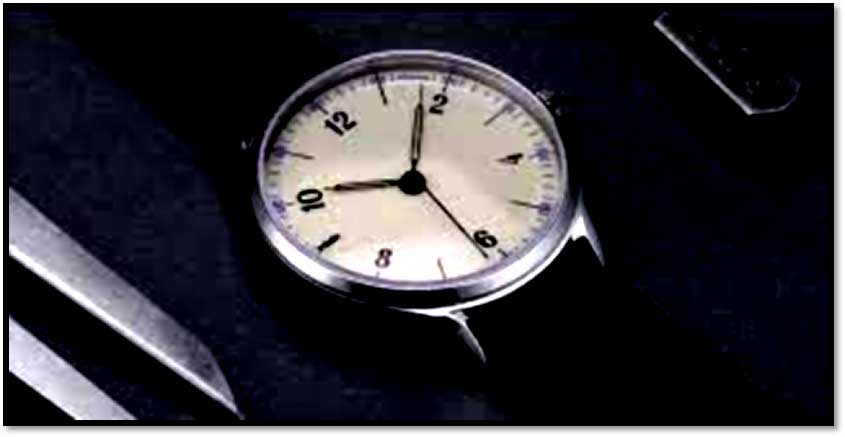 The original ETA movement, as we have seen, has 25 jewels (artificial rubies), which is one lesser than both Sellita and STP. The additional jewel in the two stay hidden within the mainspring barrel-bridge, supporting the mainspring barrel placed under the ratchet wheel. ETA’s choice for the same place is a carbide bearing. Does that strike any difference? Technically, nothing; psychologically, perhaps a fair bit. That’s a common feeling with everything you hold dear; not just the watch.
The original ETA movement, as we have seen, has 25 jewels (artificial rubies), which is one lesser than both Sellita and STP. The additional jewel in the two stay hidden within the mainspring barrel-bridge, supporting the mainspring barrel placed under the ratchet wheel. ETA’s choice for the same place is a carbide bearing. Does that strike any difference? Technically, nothing; psychologically, perhaps a fair bit. That’s a common feeling with everything you hold dear; not just the watch.
Other technical and optical differences are as follows:
The Standard versions of all three are naked on optics. No decoration or ornamentation is present. Bridges, rotor, cocks – all are excellently finished but no showy attire. They differ in matters of the jewels (red ruby and polyrubin) in the anchor, in the material (gold-plated nickel/ Glucydur) that makes their balance wheels and (Anachron and Nivarox 2) hairsprings and in regulation parameters.
Conclusion
The STP and Sellita are equal alternatives to the ETA 2824-2 if not better from a technical viewpoint. Both are improved classics that are preferred over the ETA 2824-2 for their:
- Better finishes and decorations.

- Better executed markings.
- Jewelled, barrel-bridges.
- Greater longevity
- Better performance and robustness.
So that’s about it. In case your watch needs a change of movement or you simply want to change into a new one for your Swiss watch, the Sellita and STP-1-11 make excellent choices. You can read some more about STP here. And go here to read some more about the ETA 2824-2. It will give you a clearer picture.
Keep dropping in to leave your replies below. State which one from the above Ratio Flysurfers you’d like to go for the most and also, for what?


